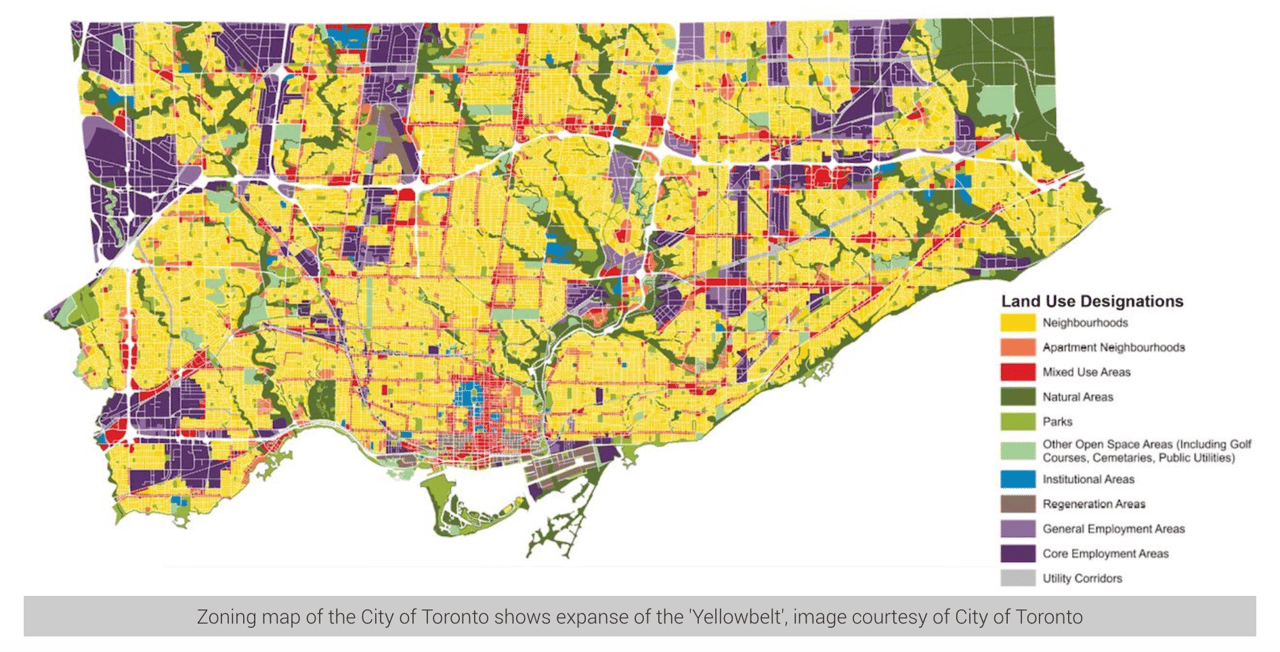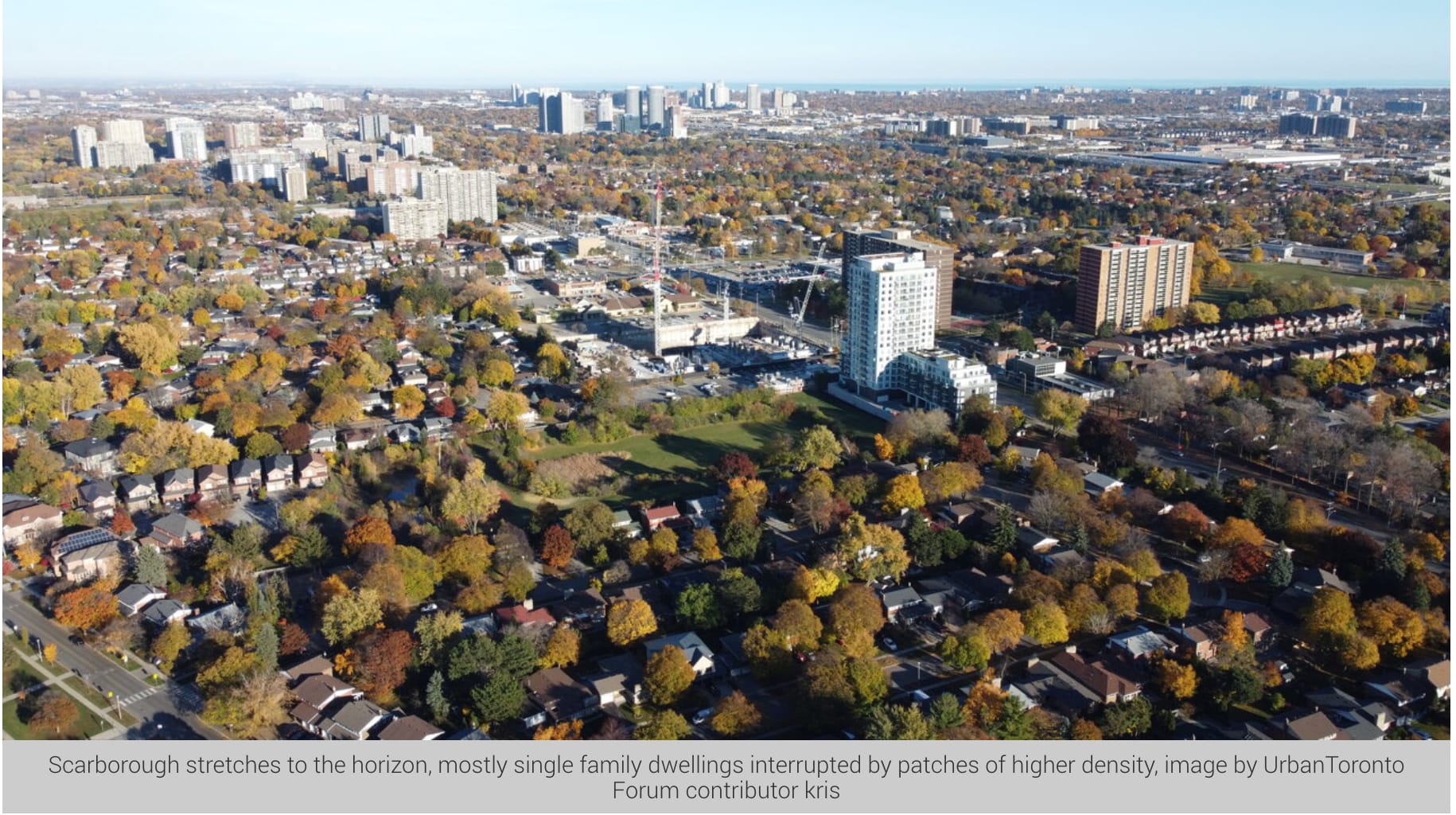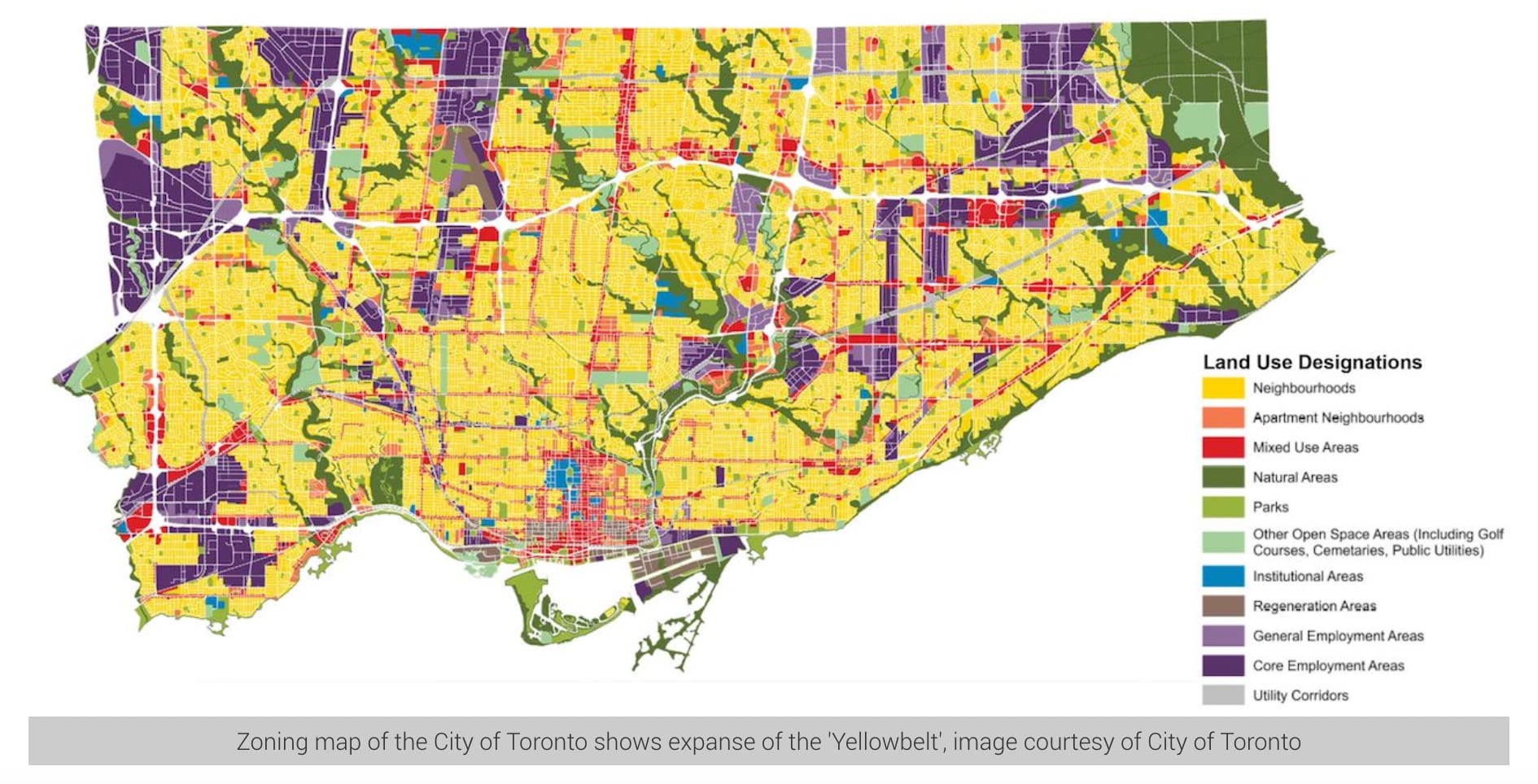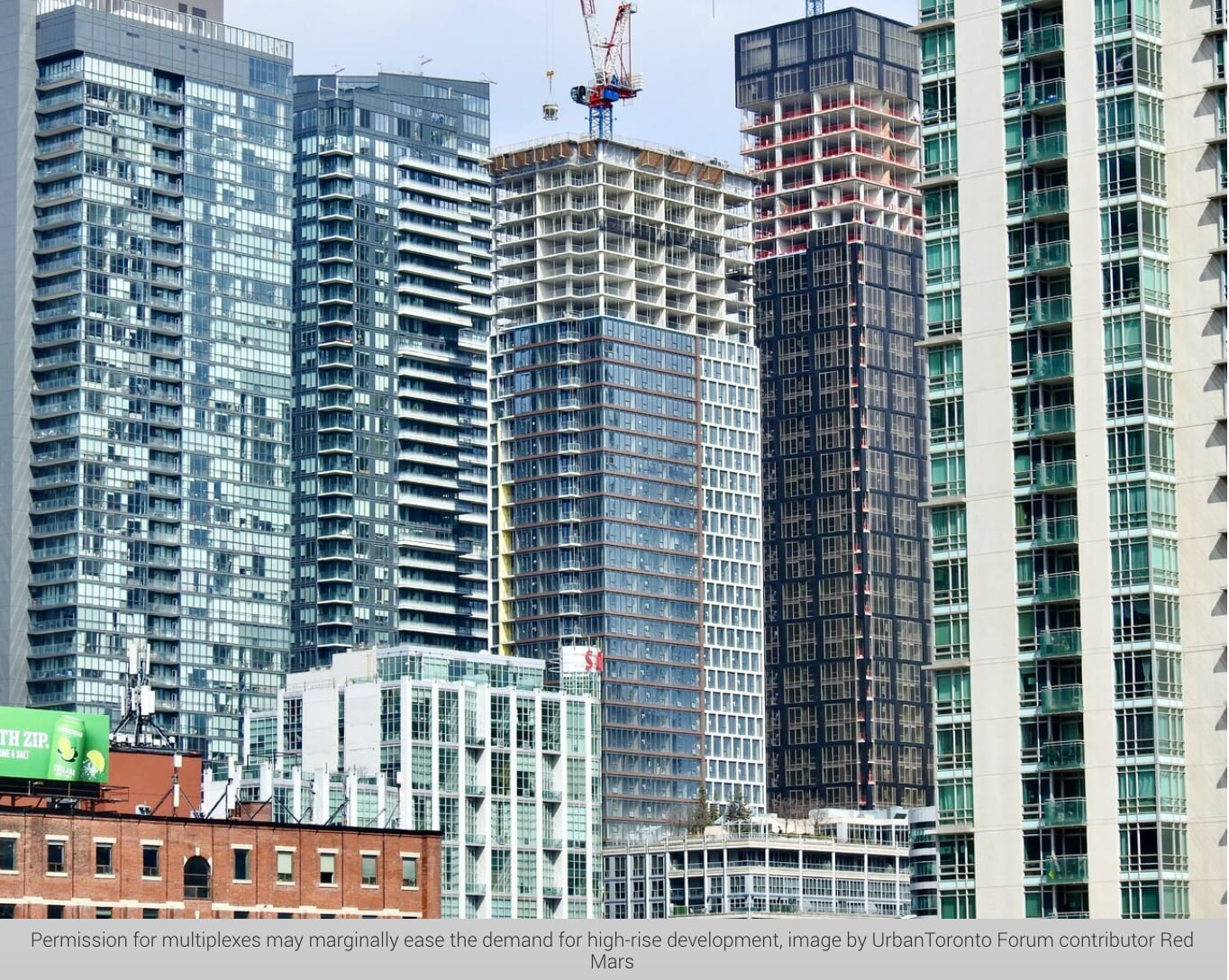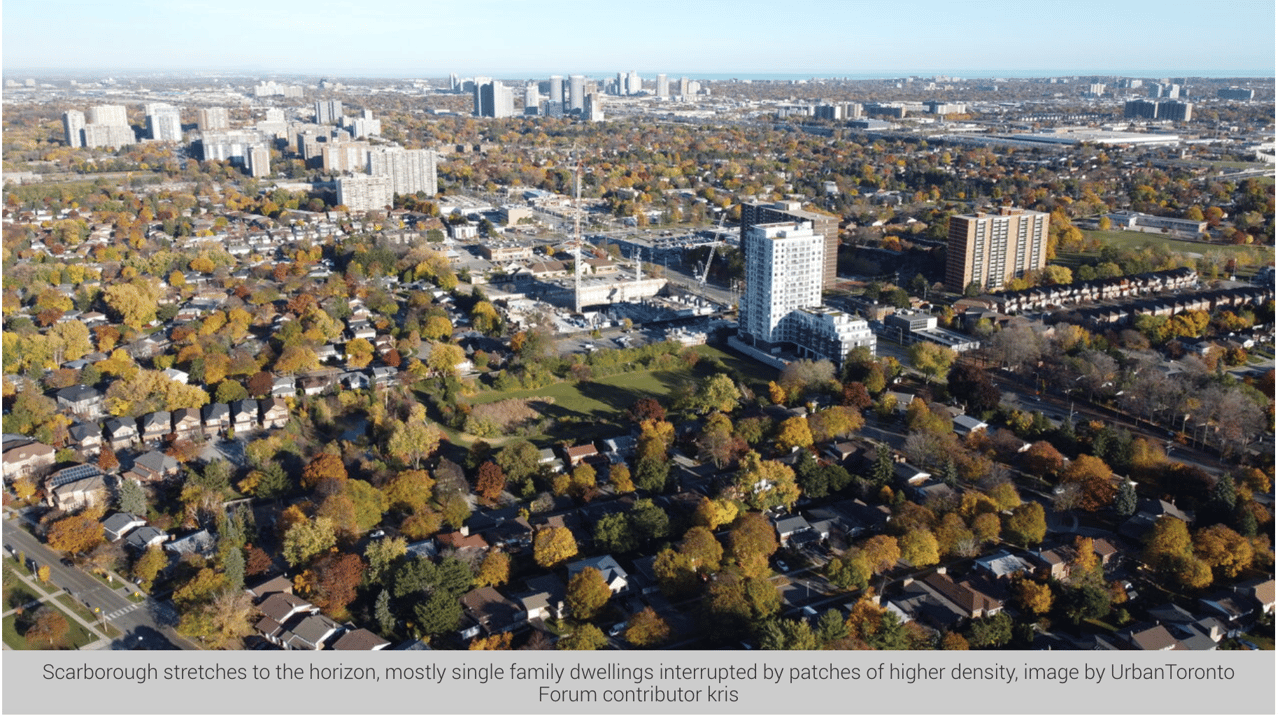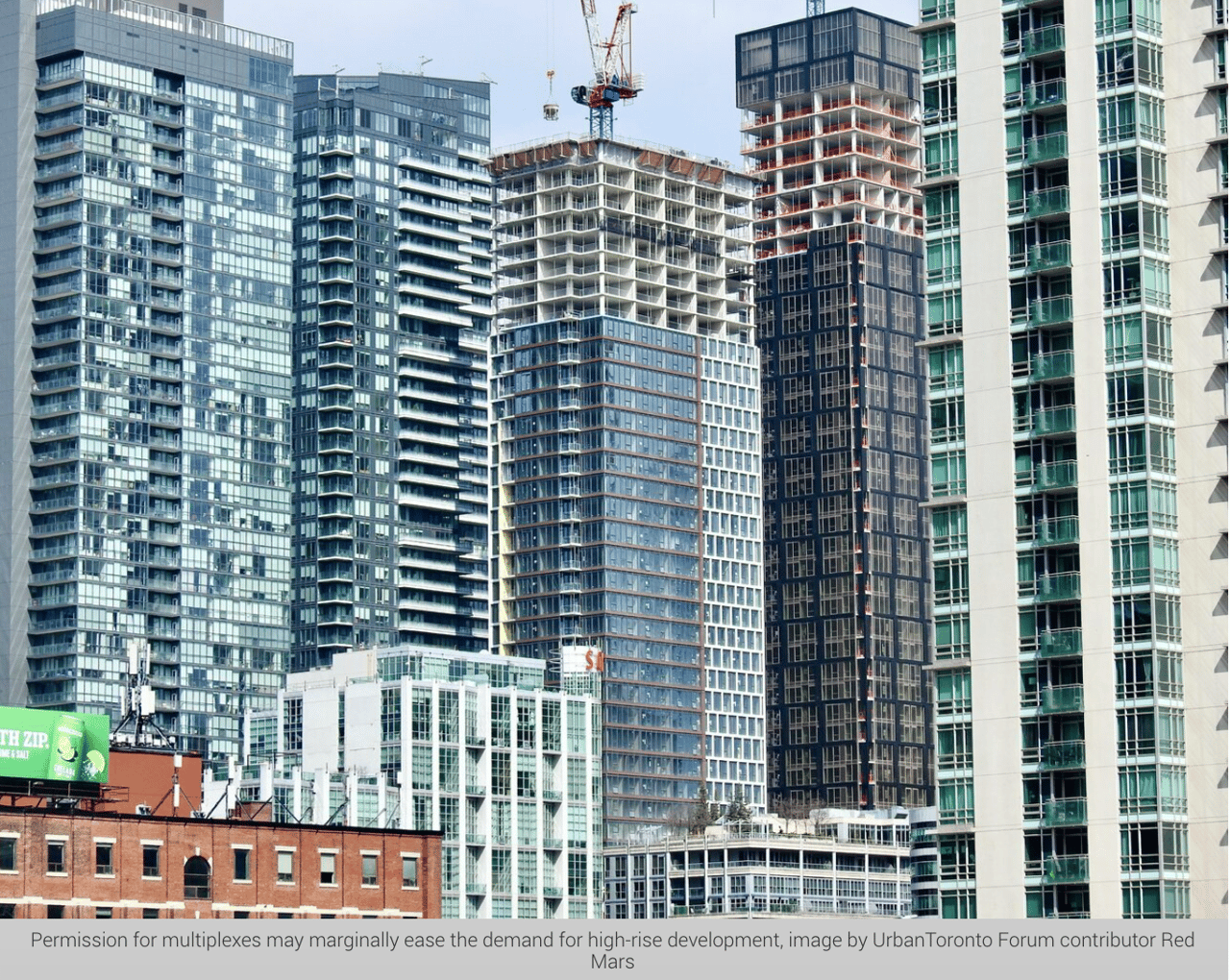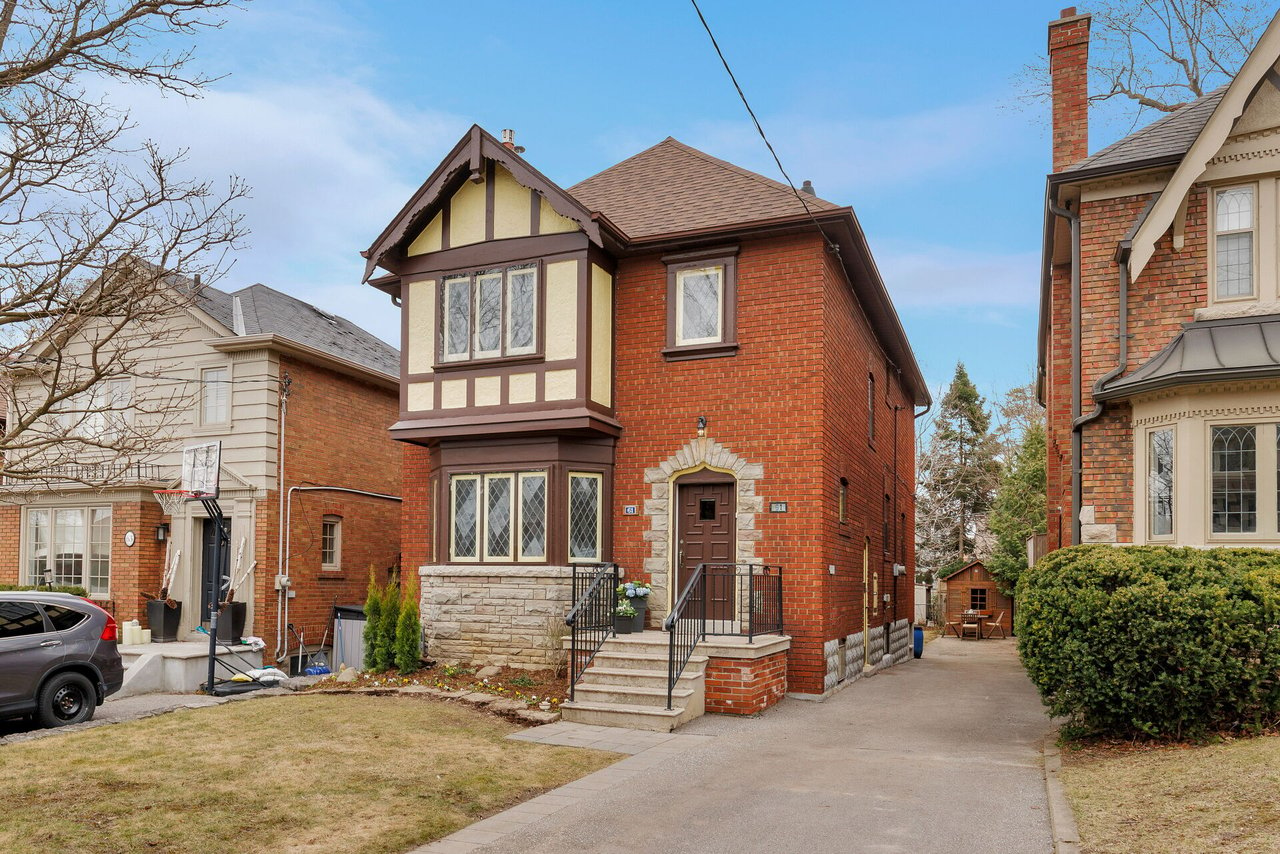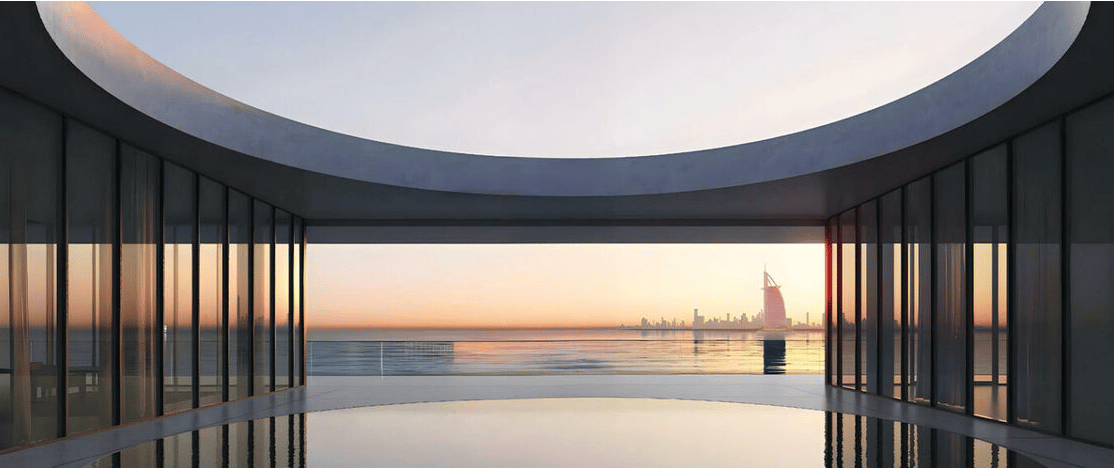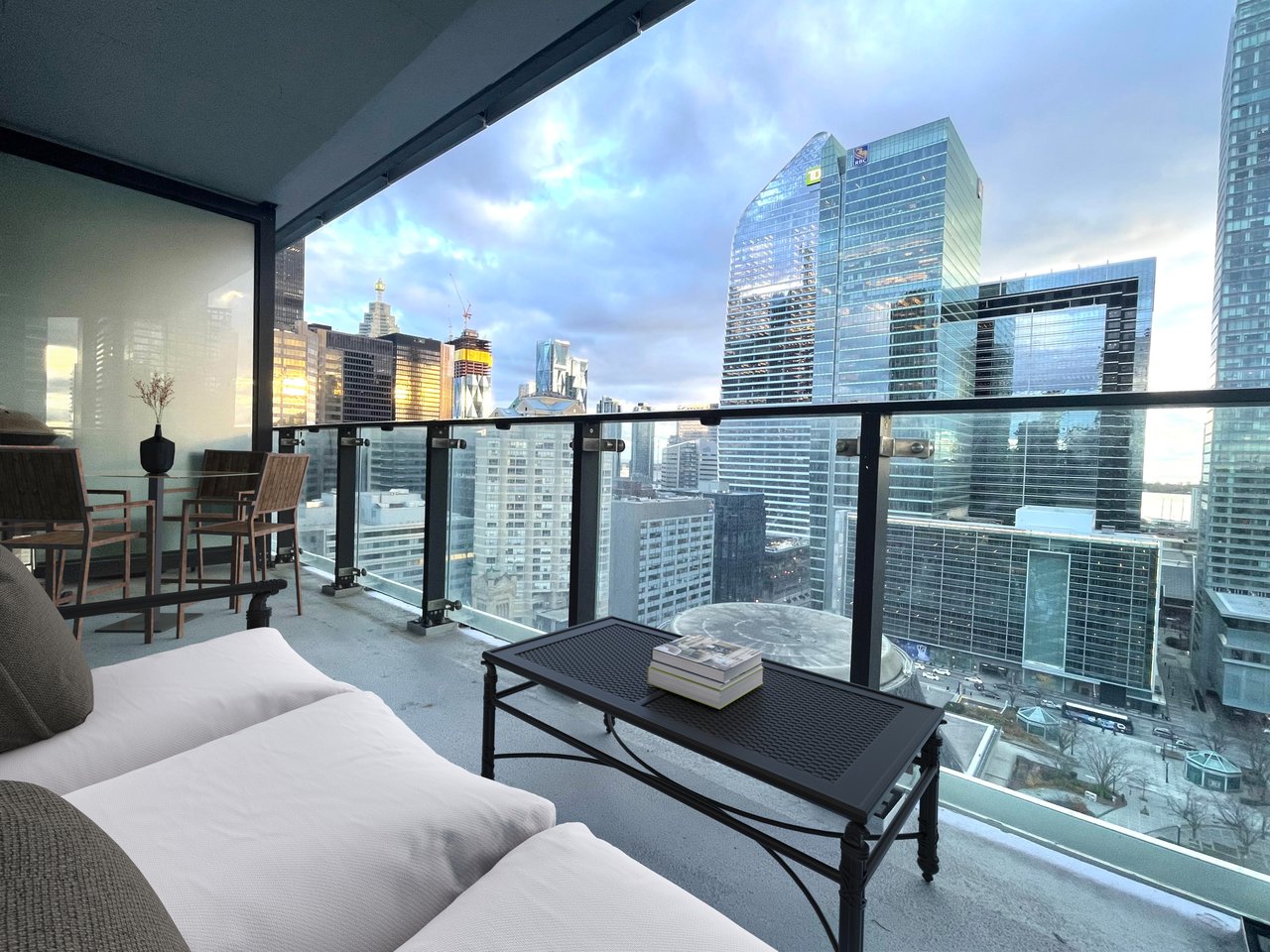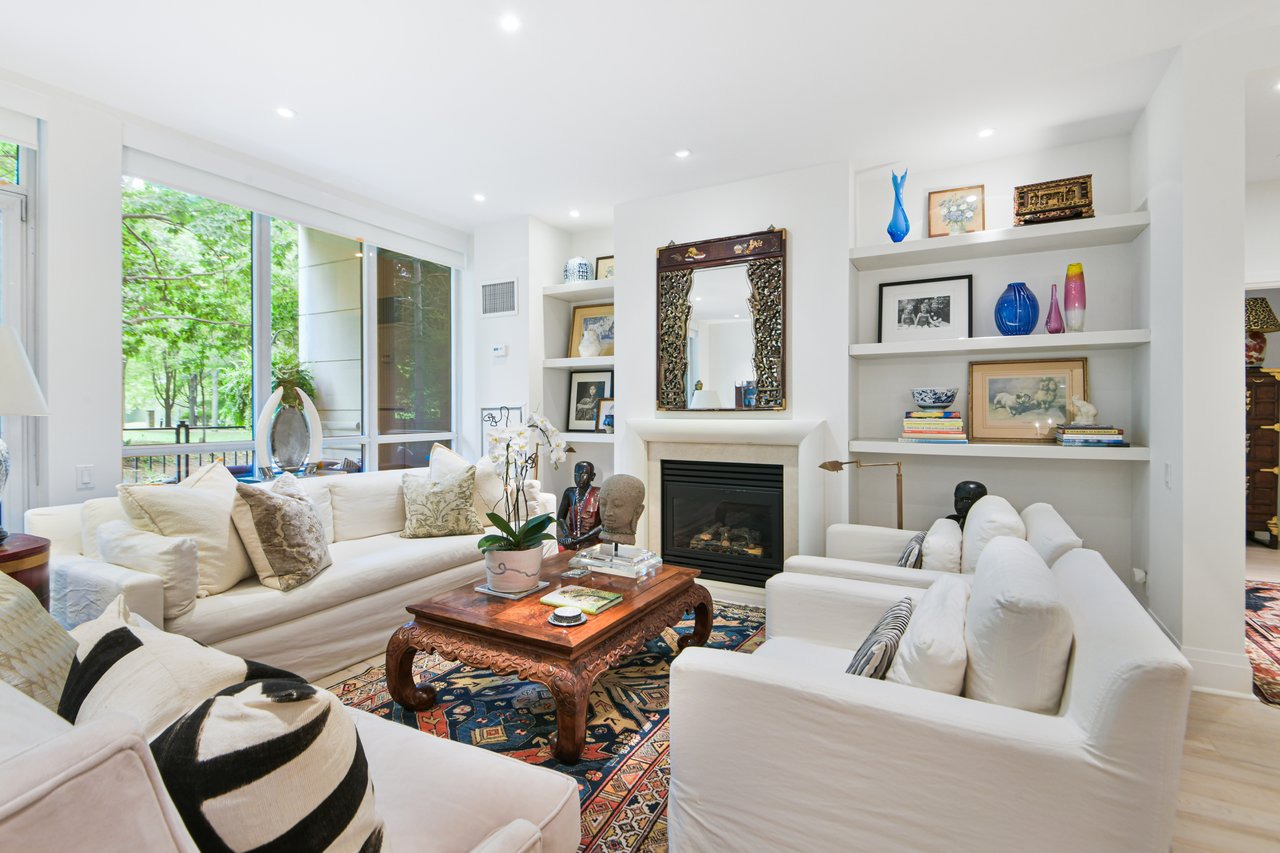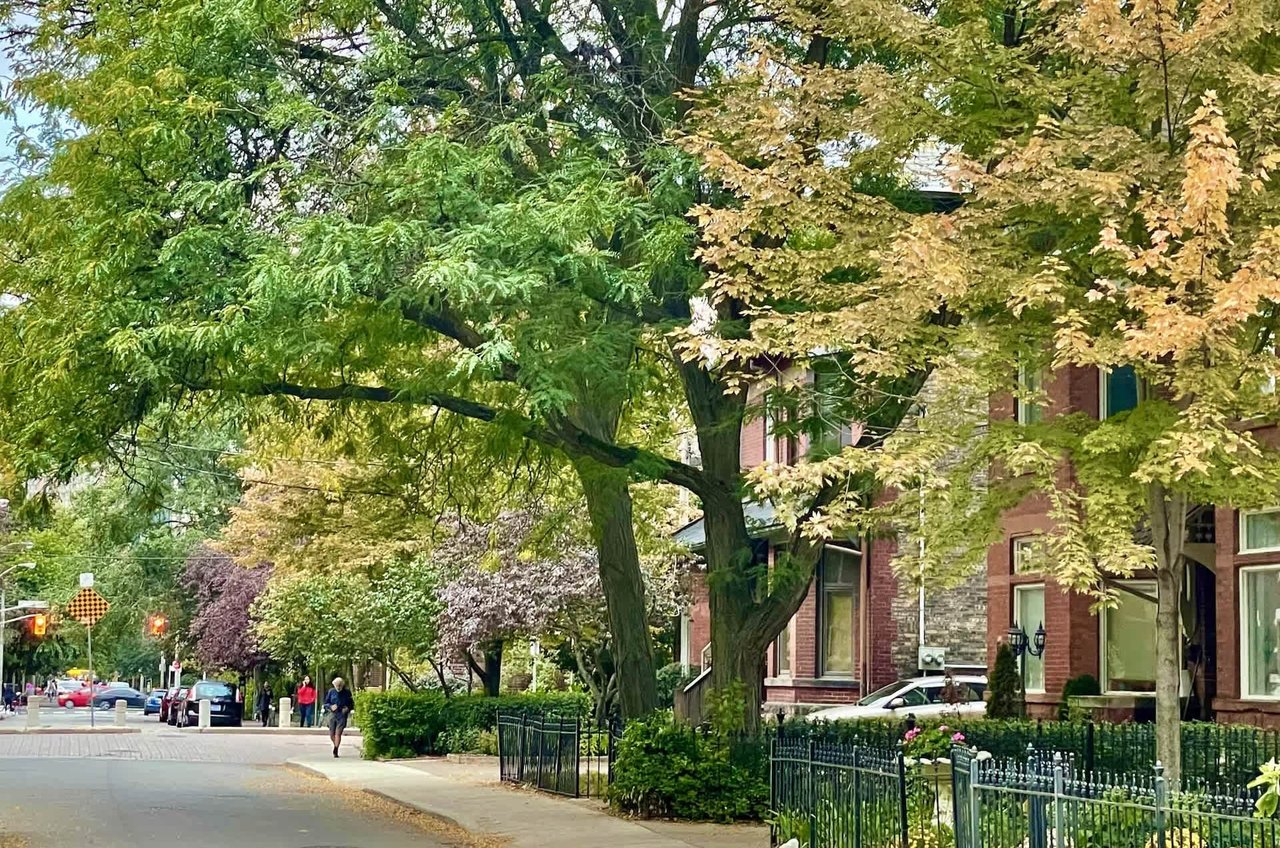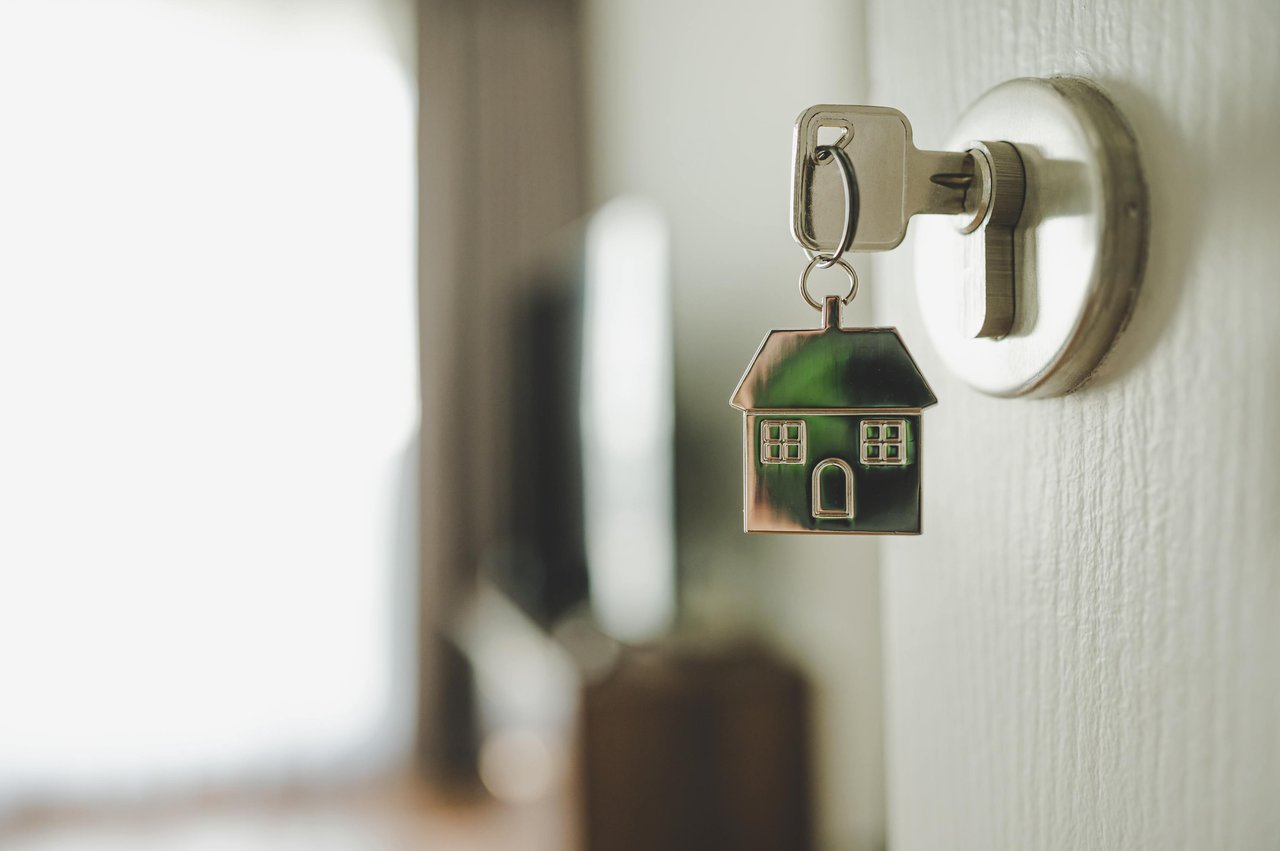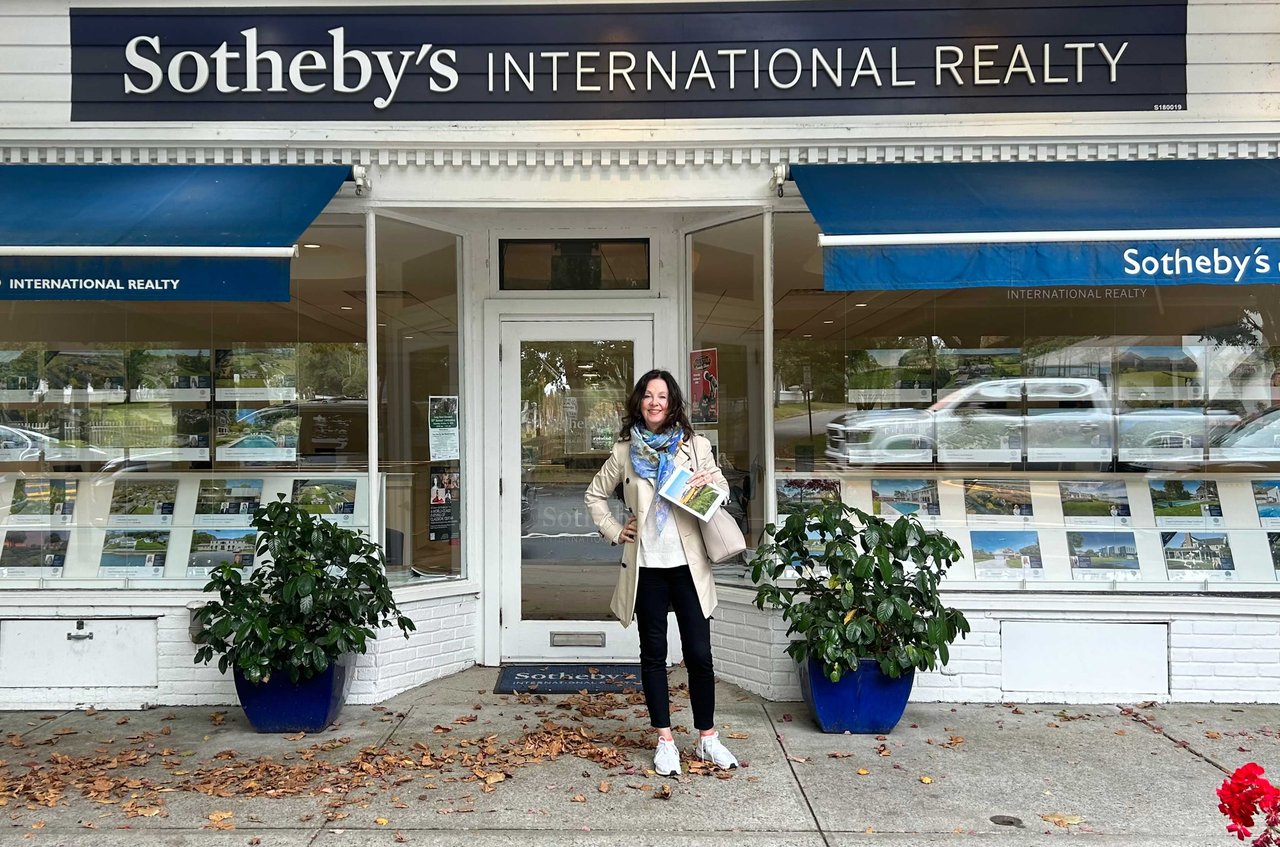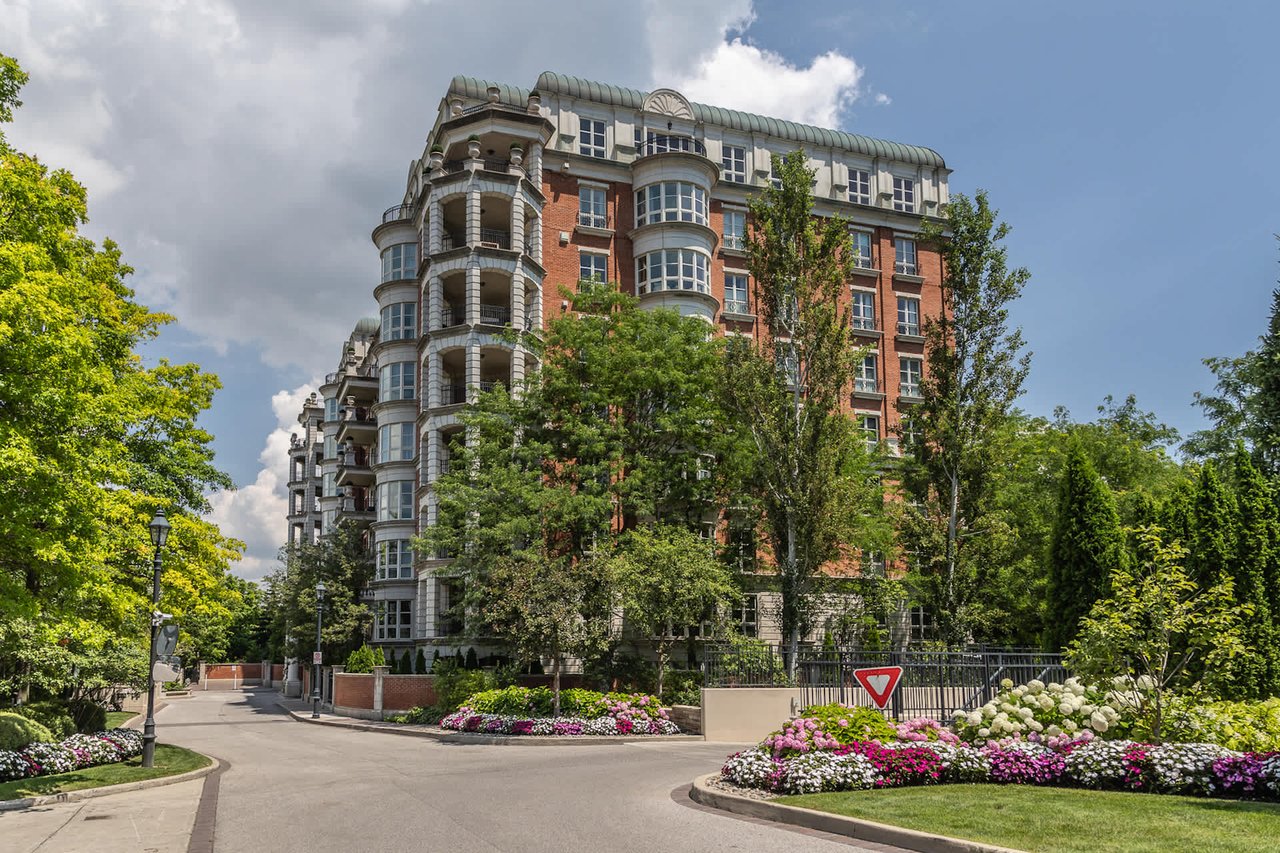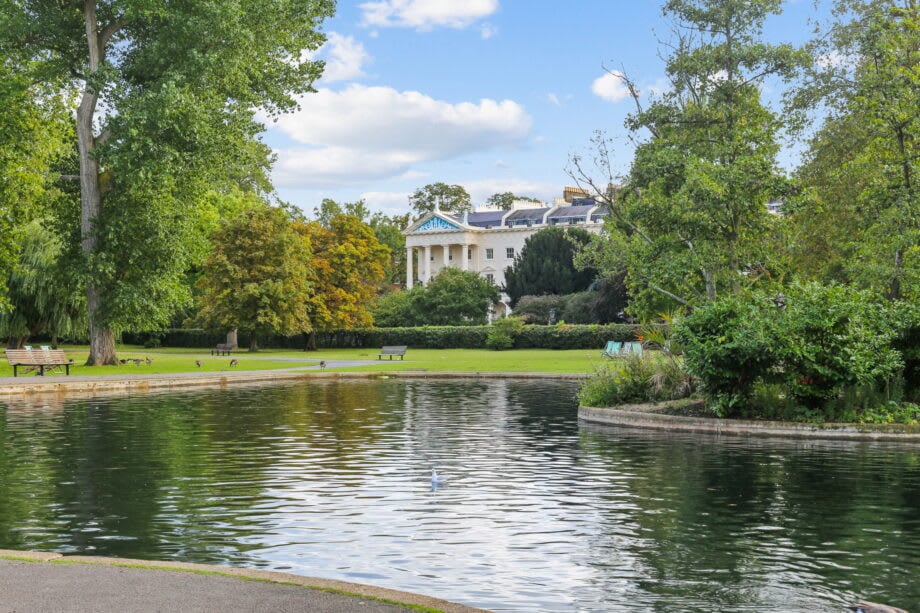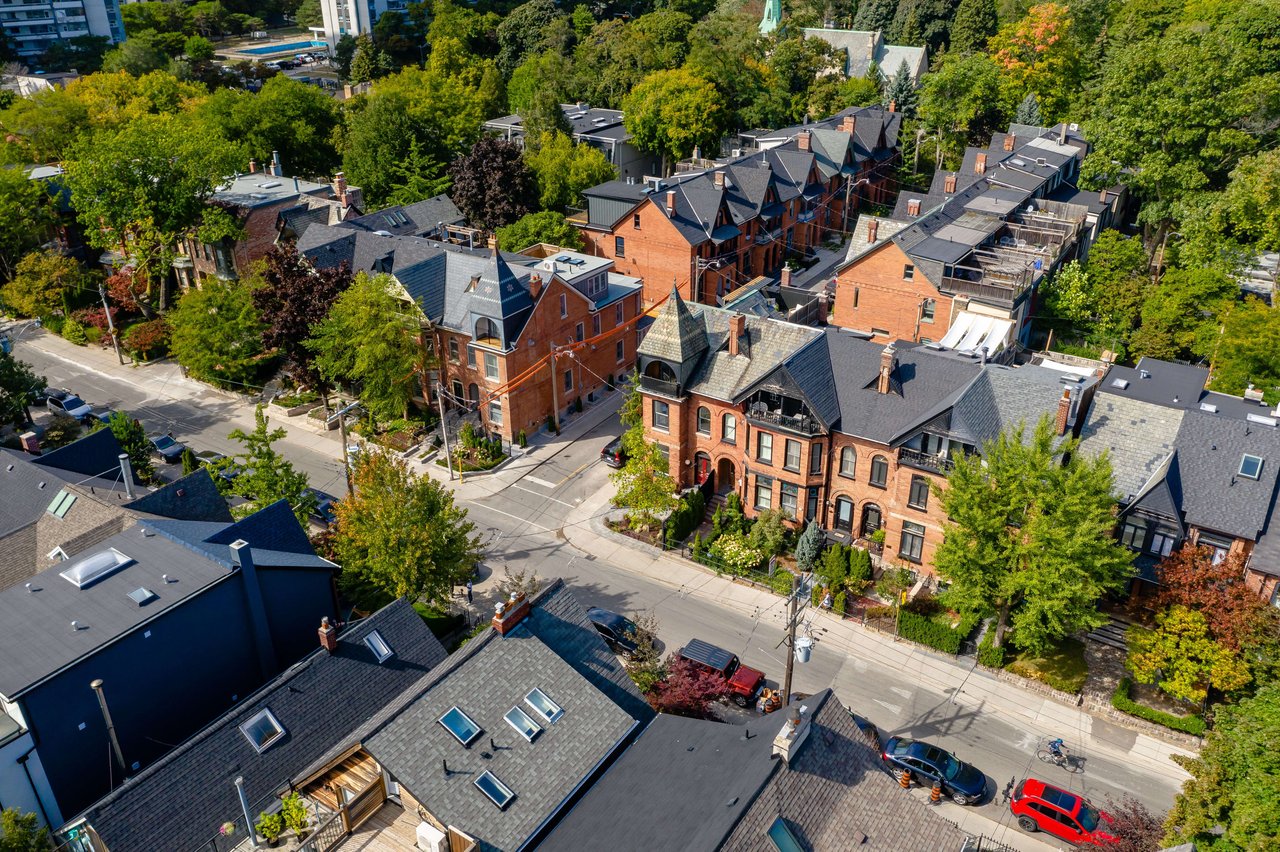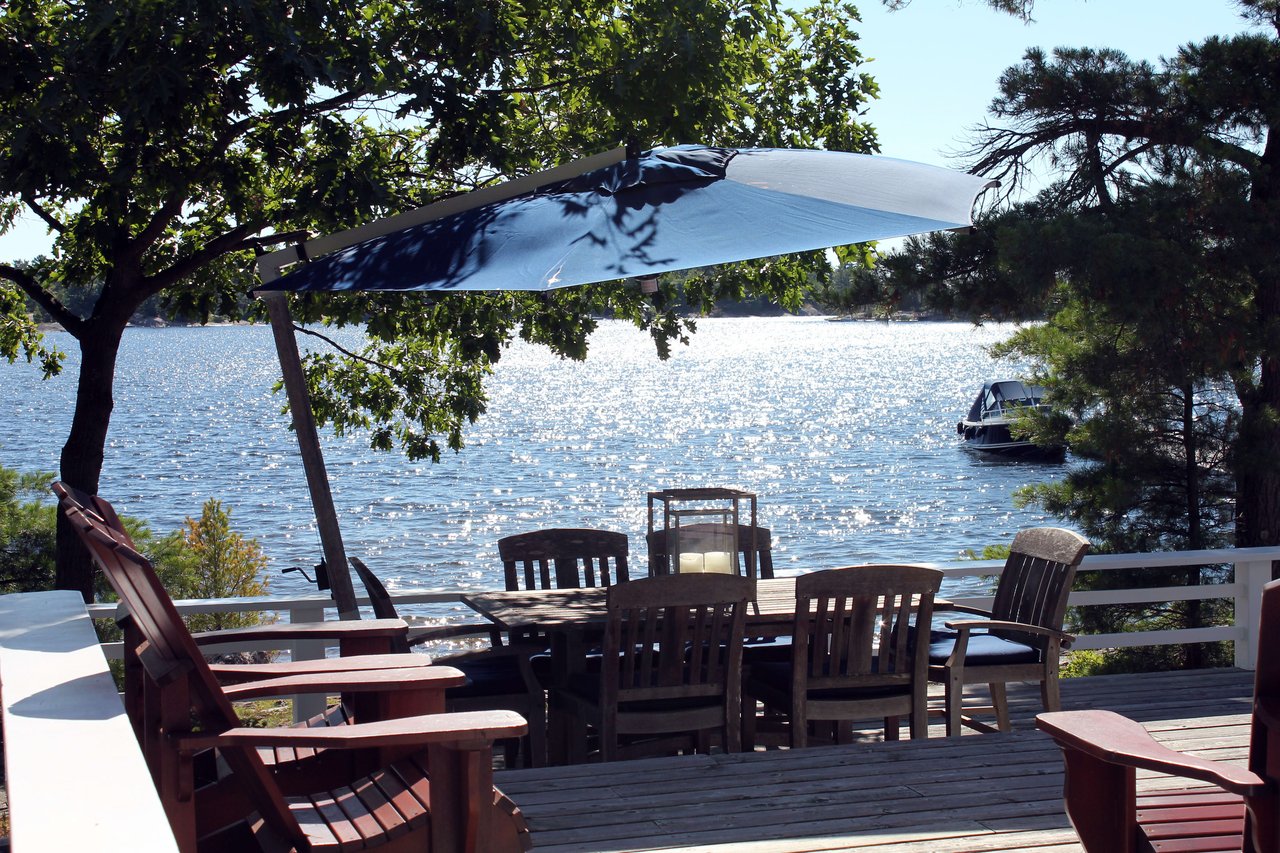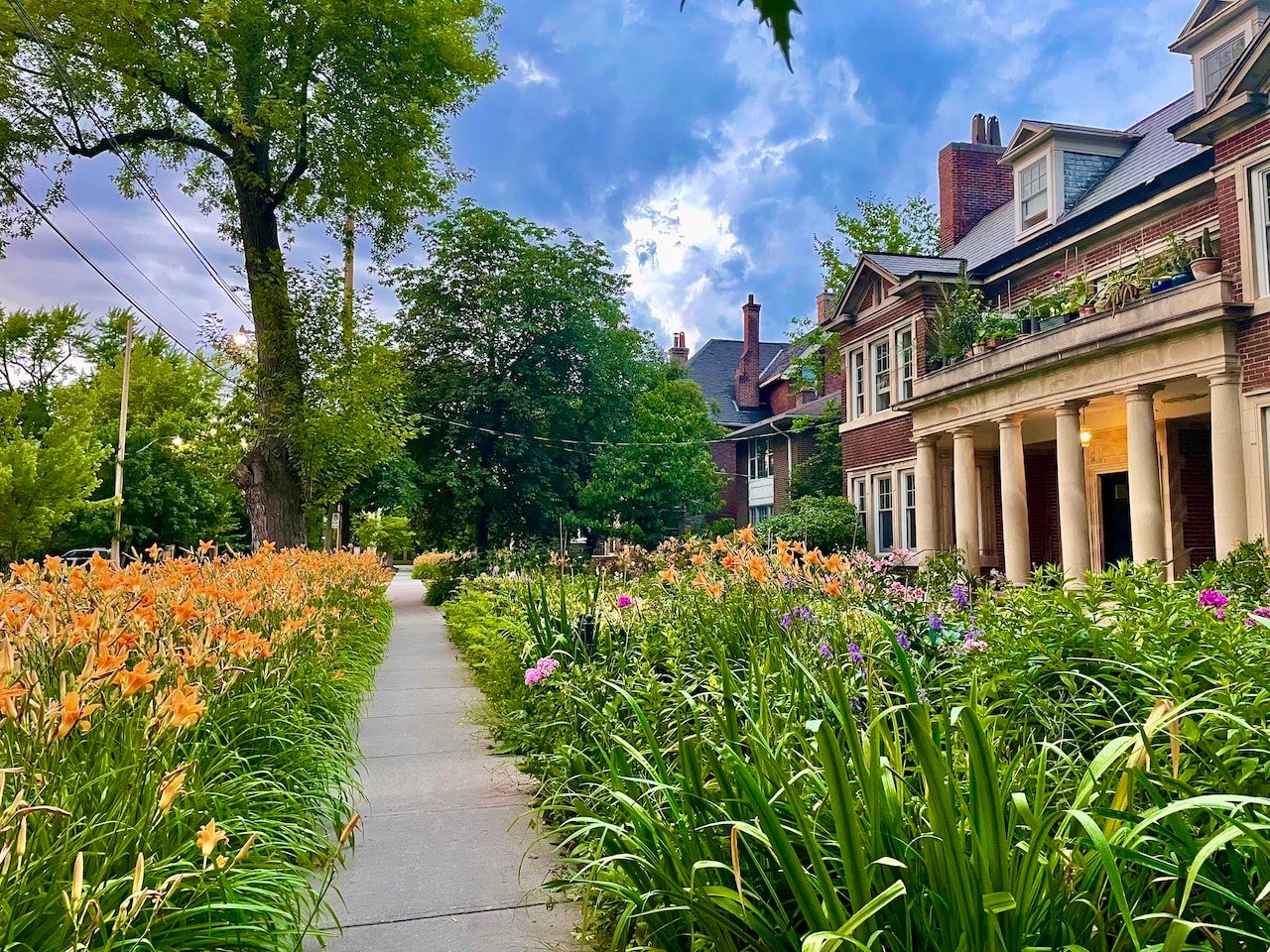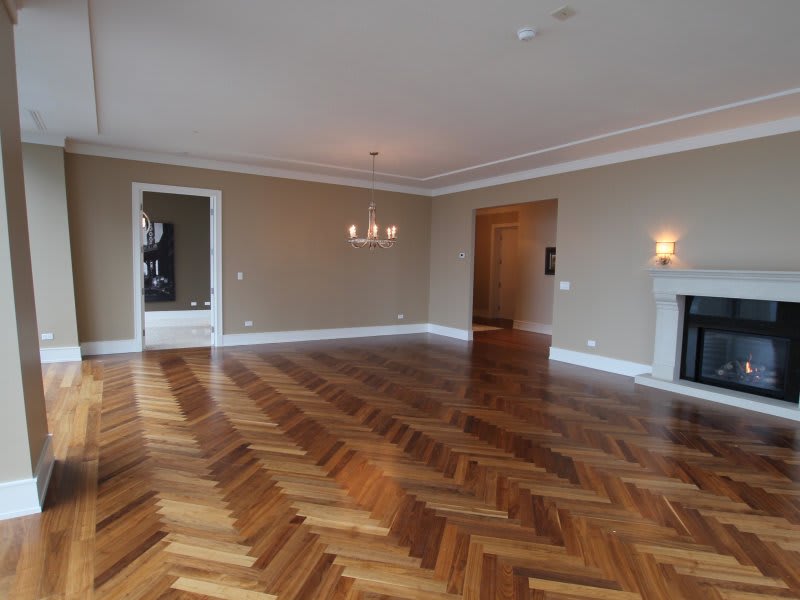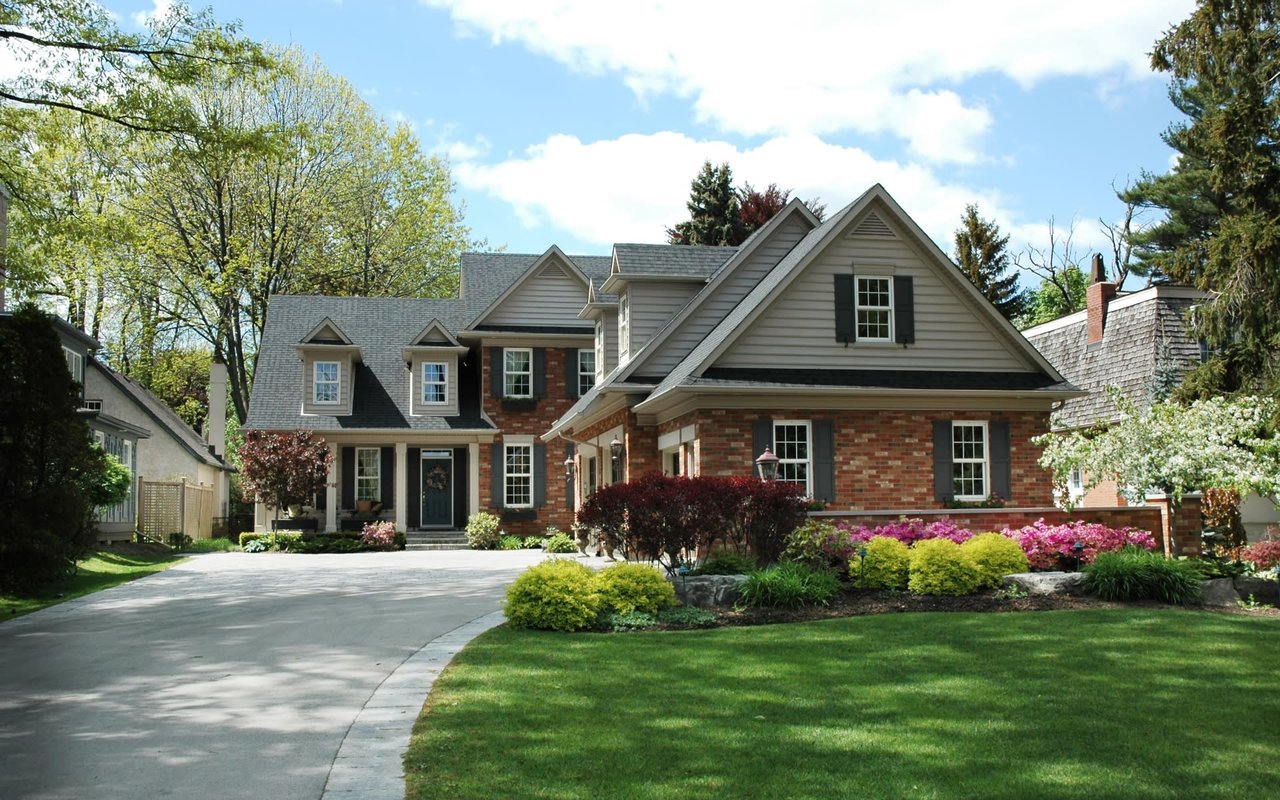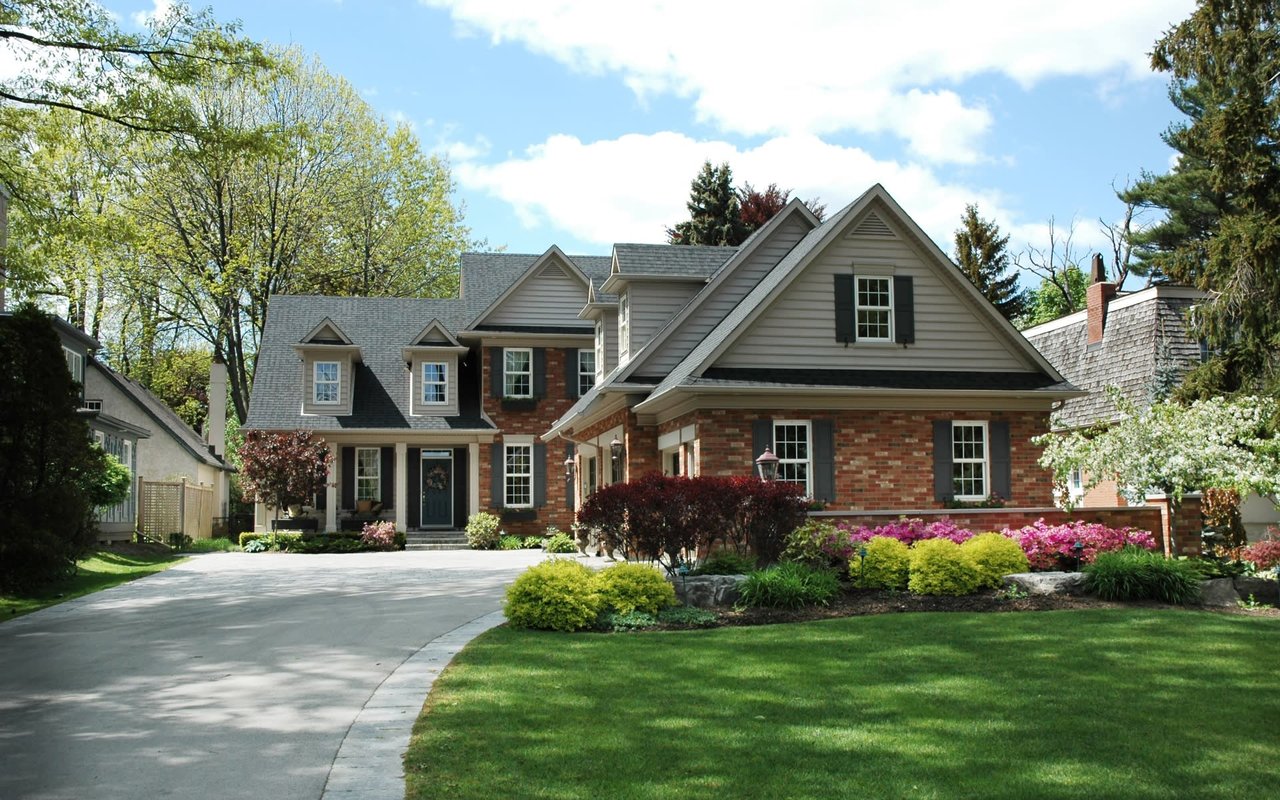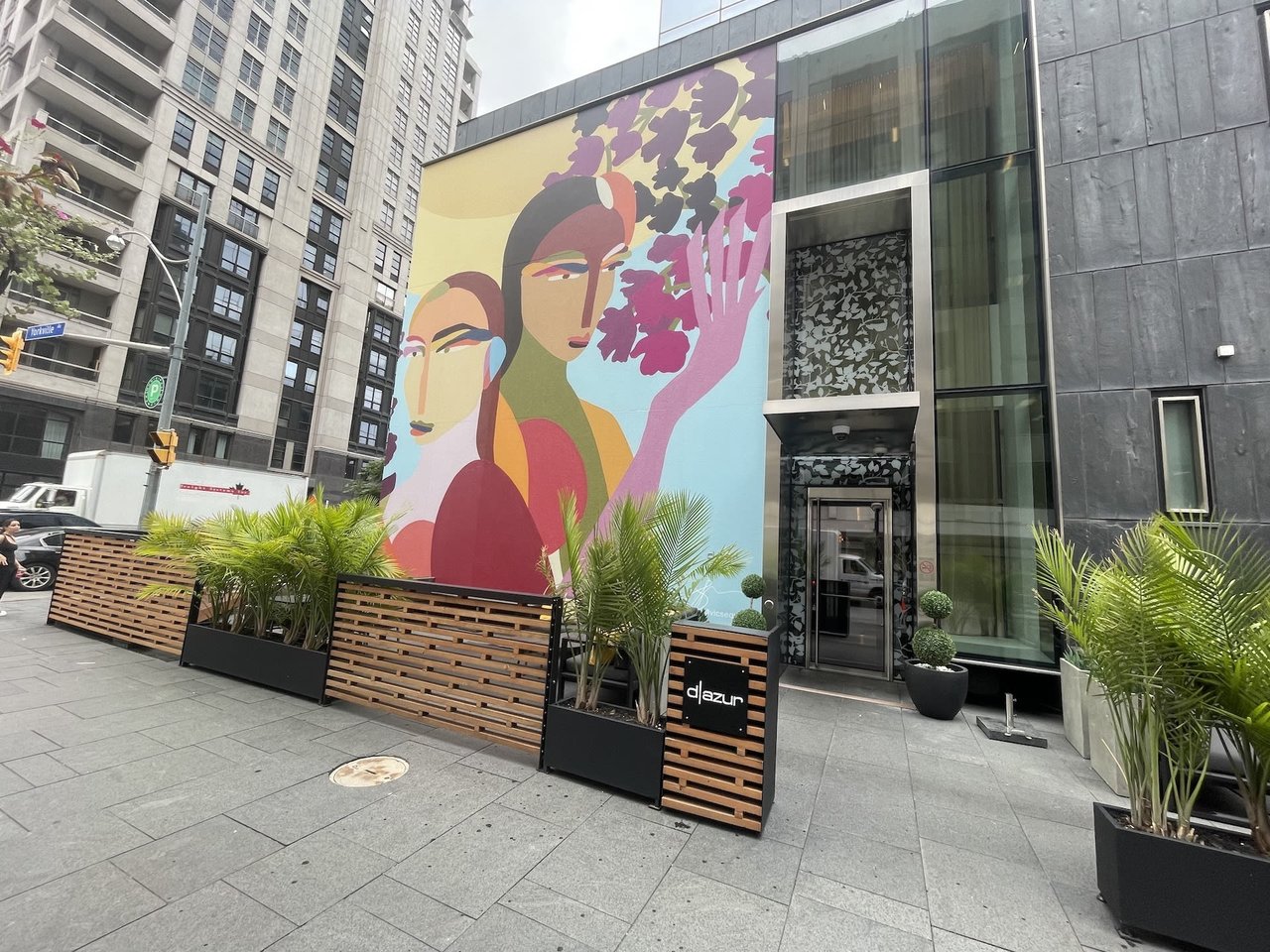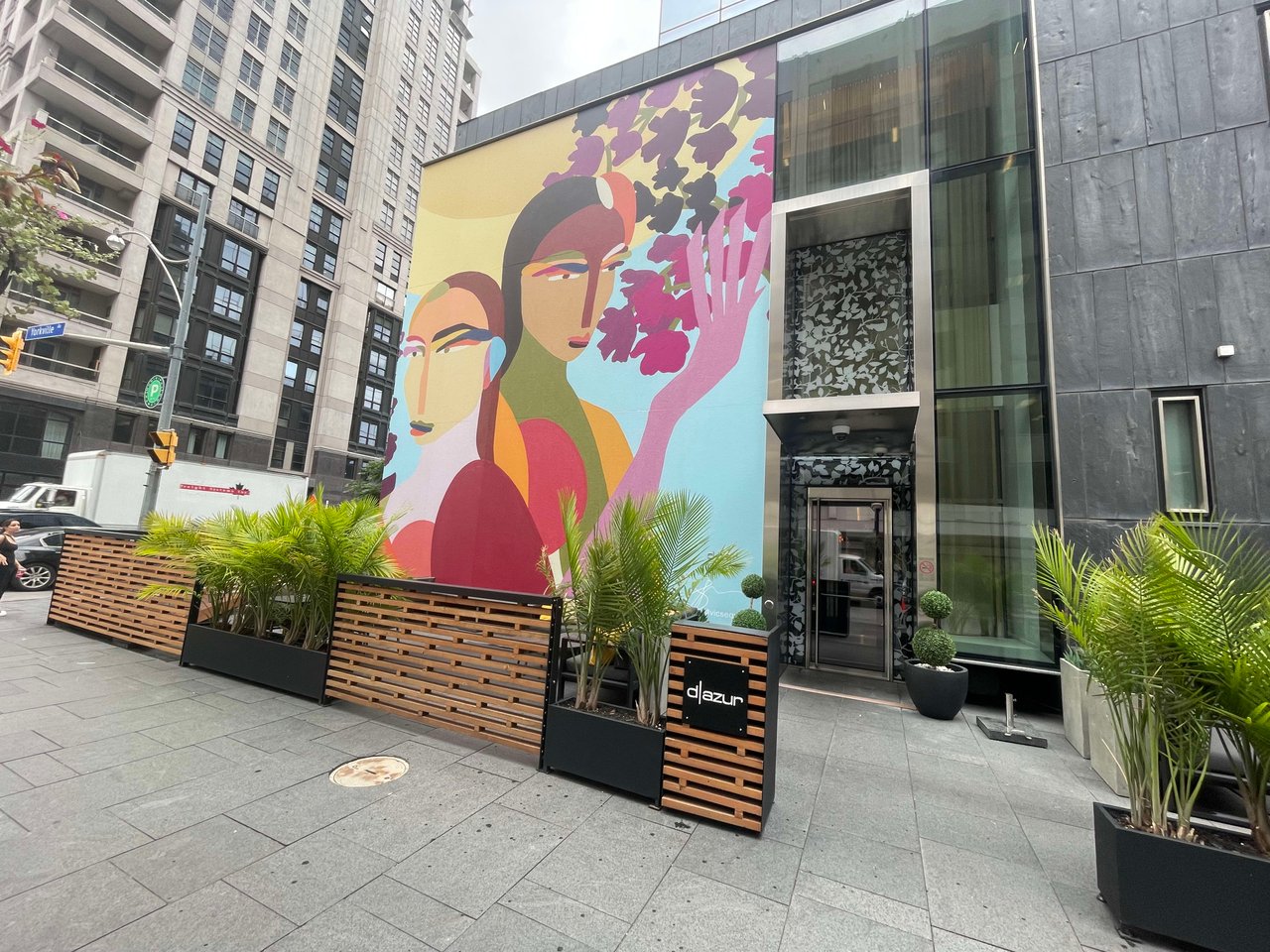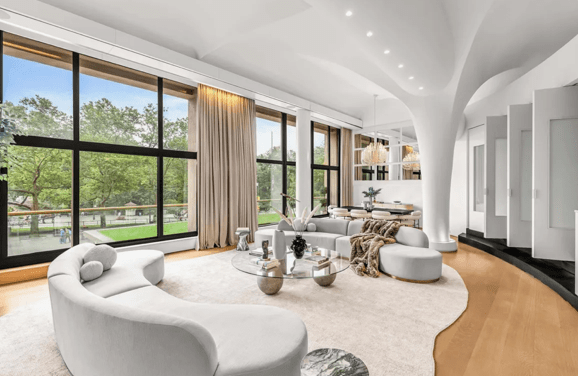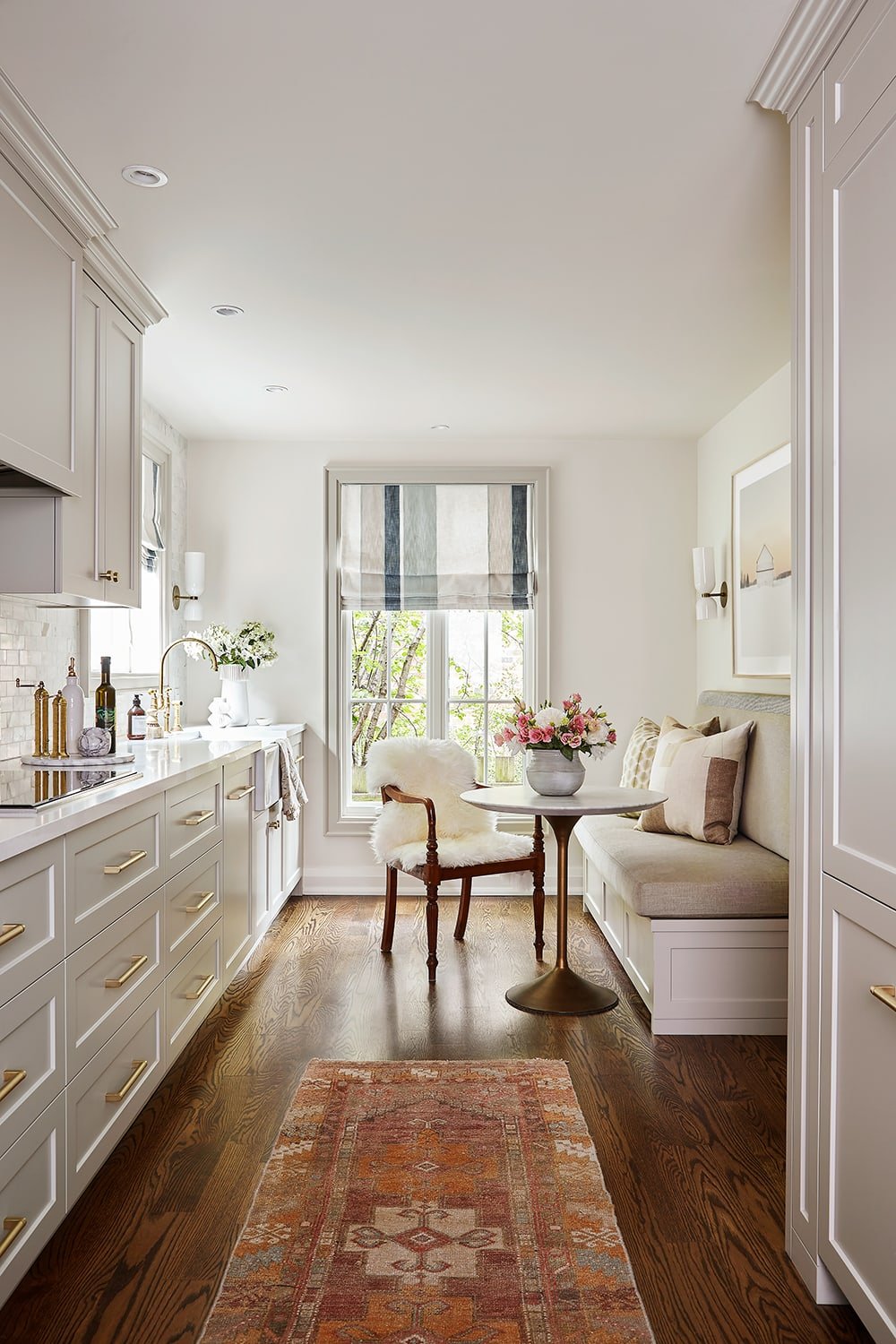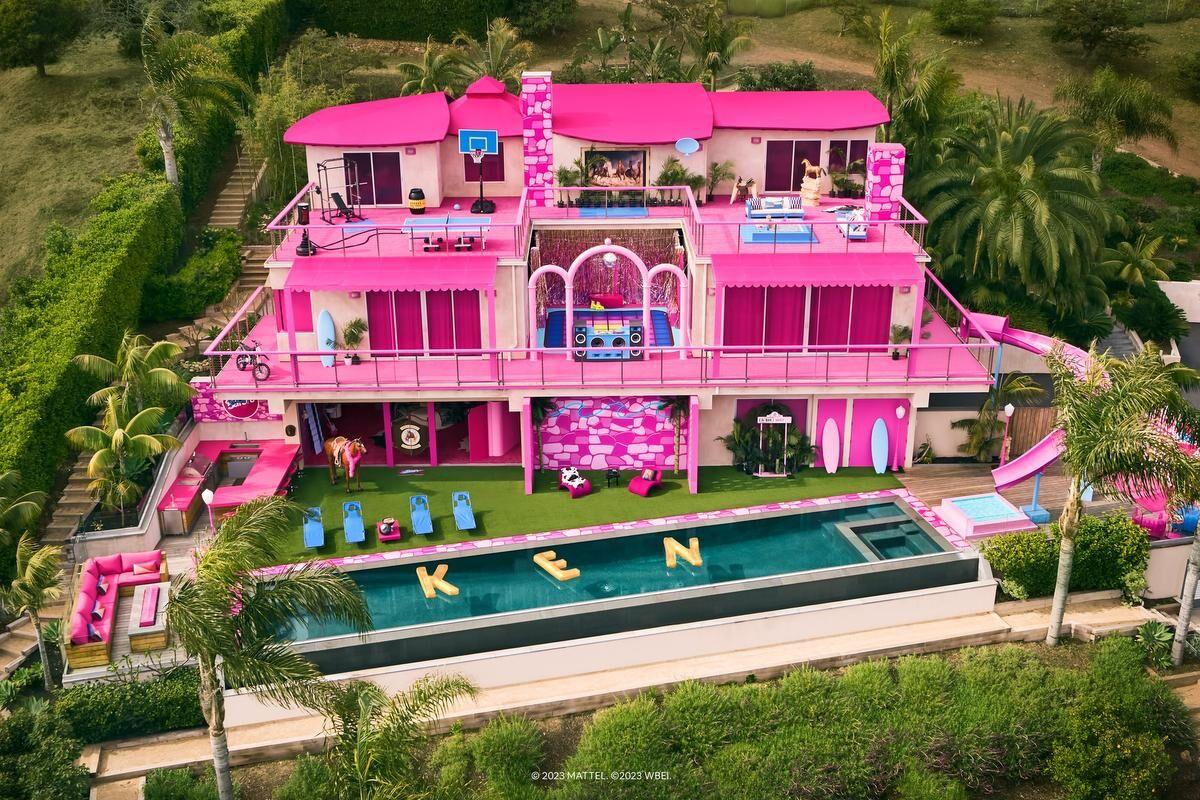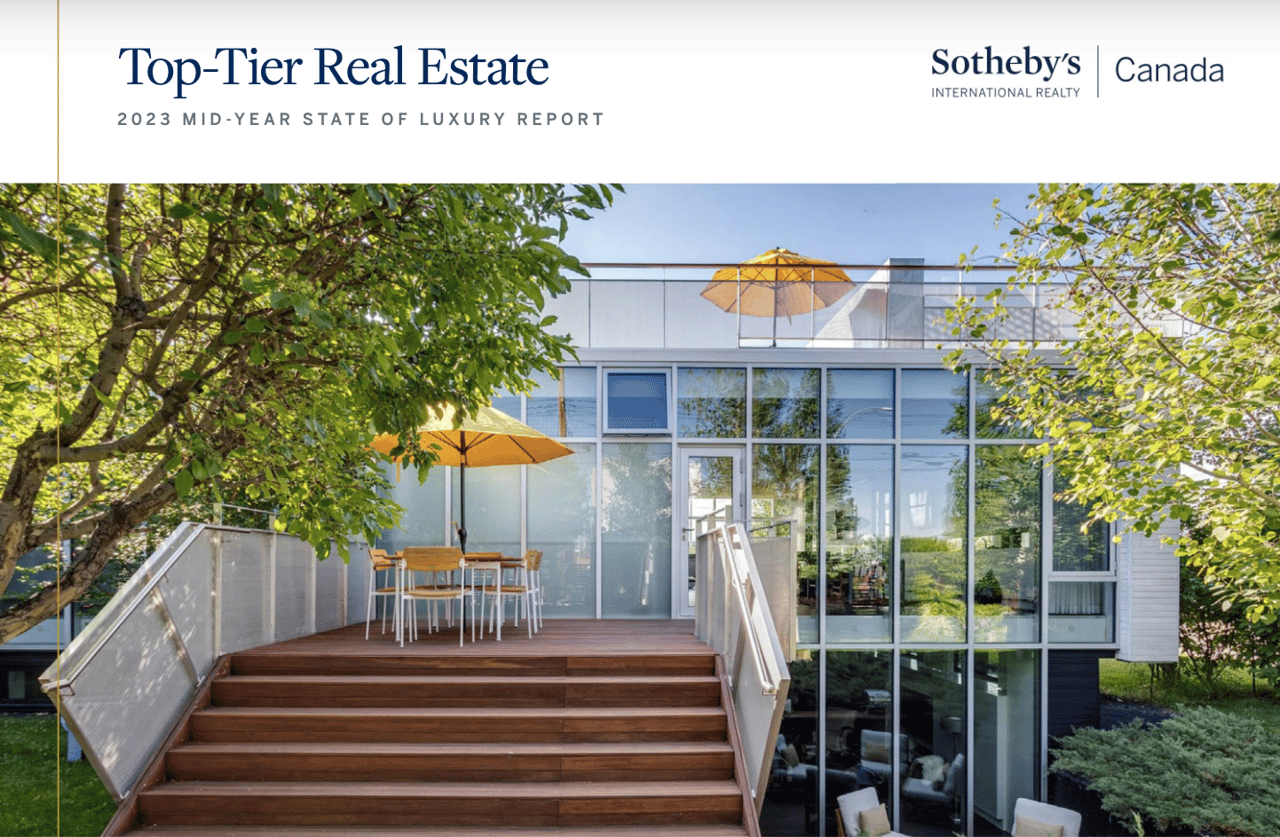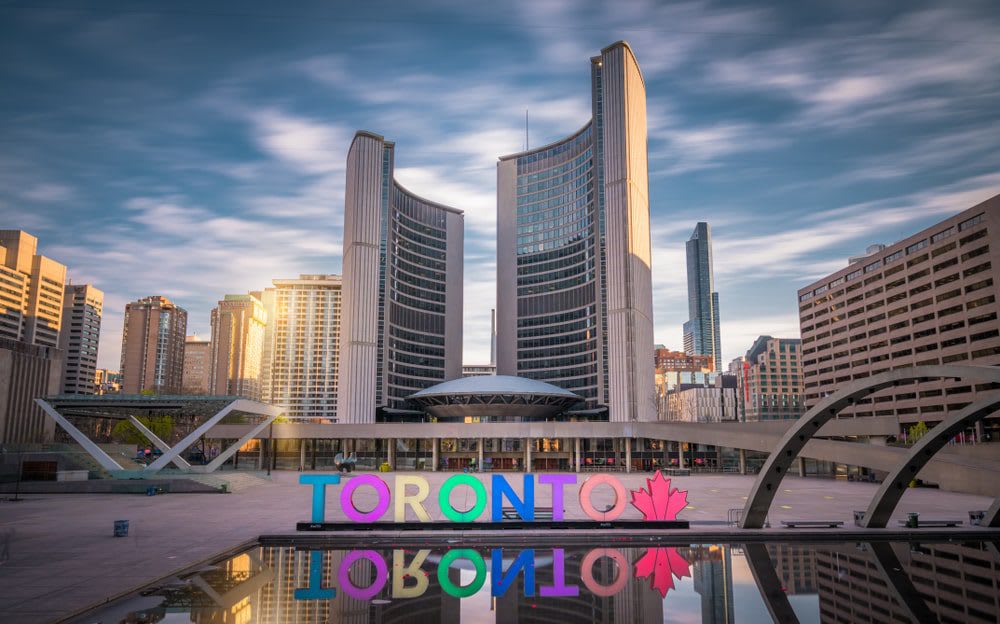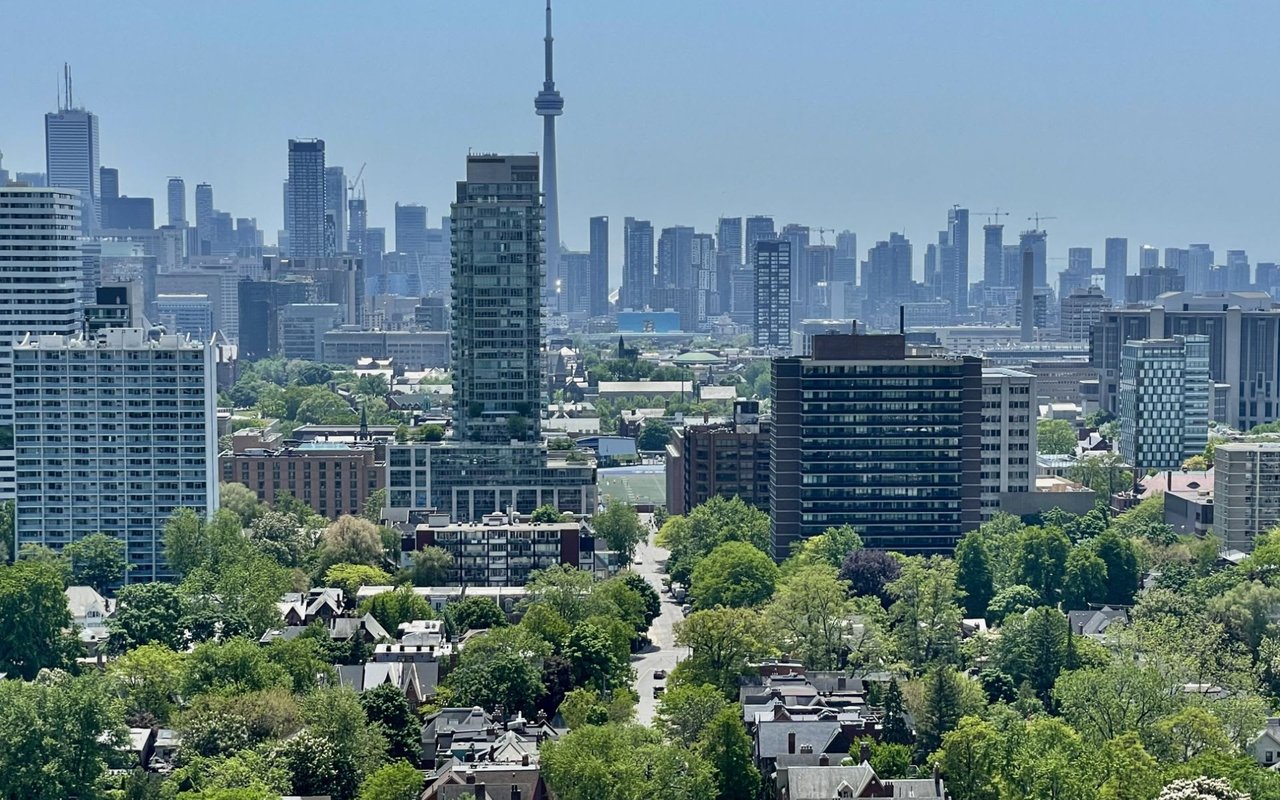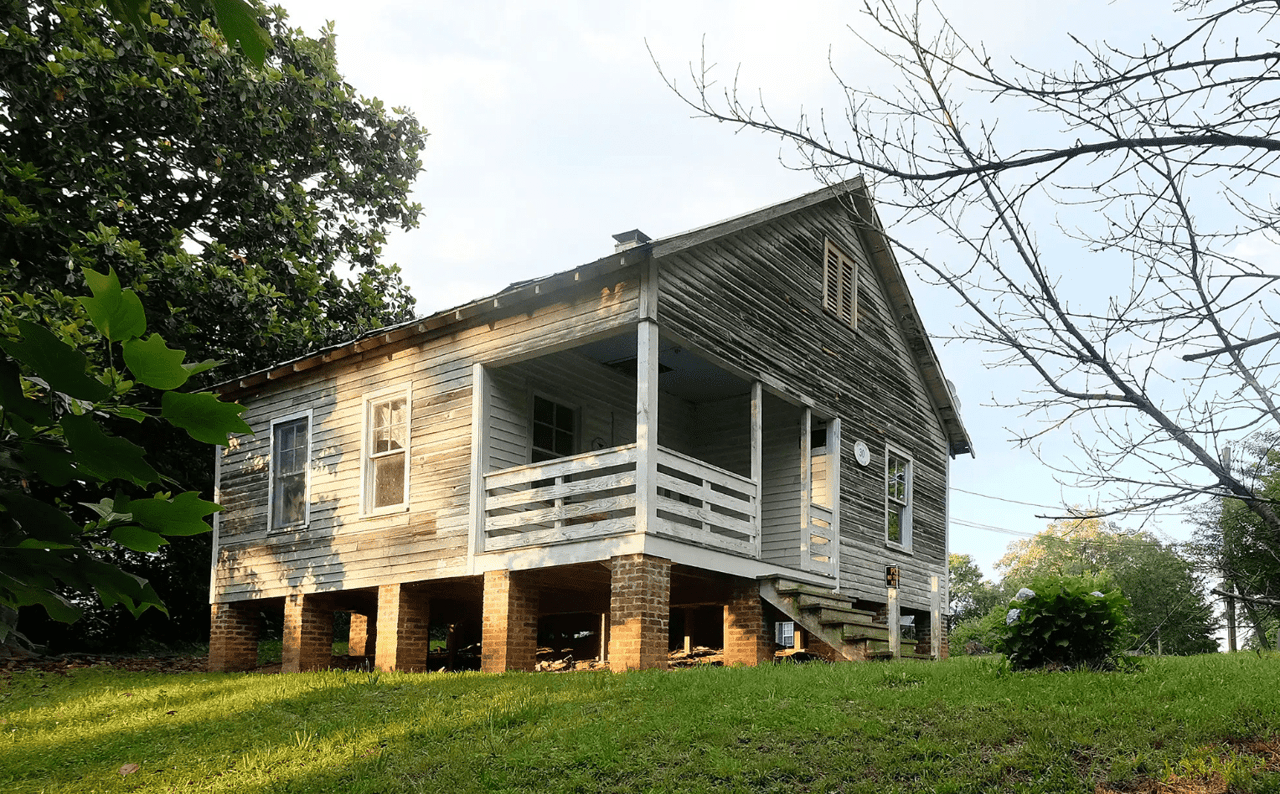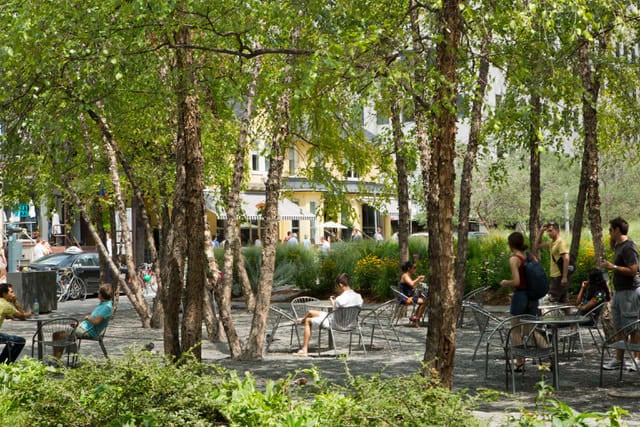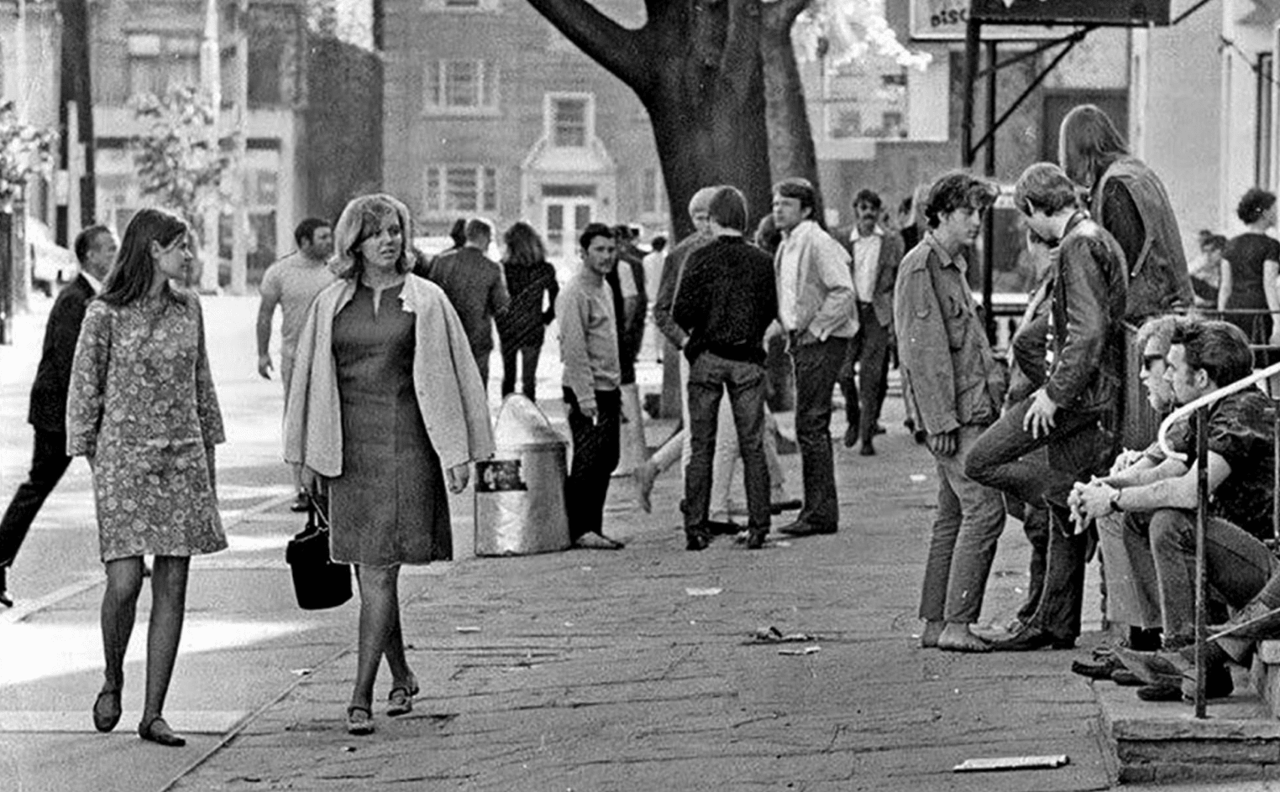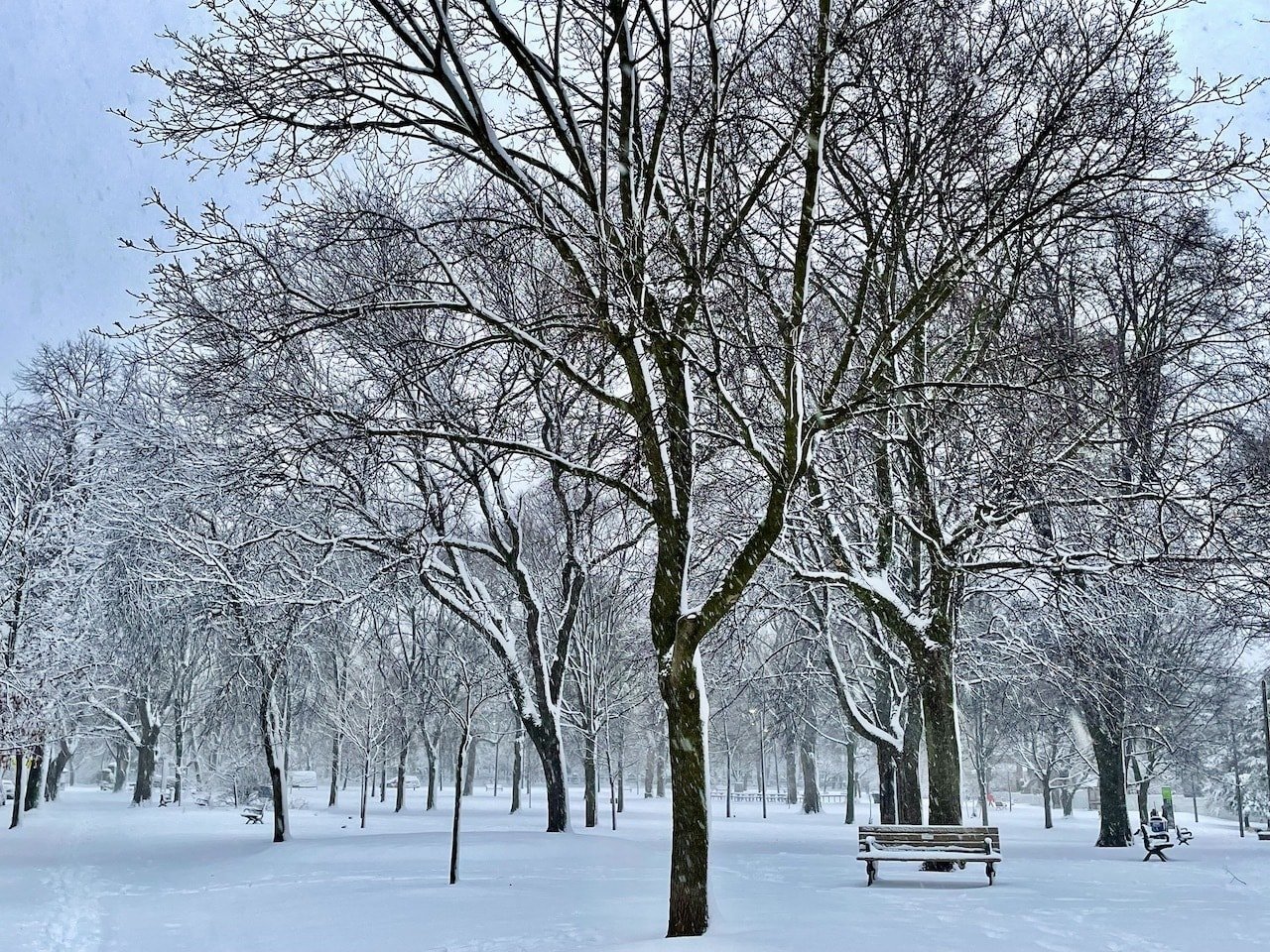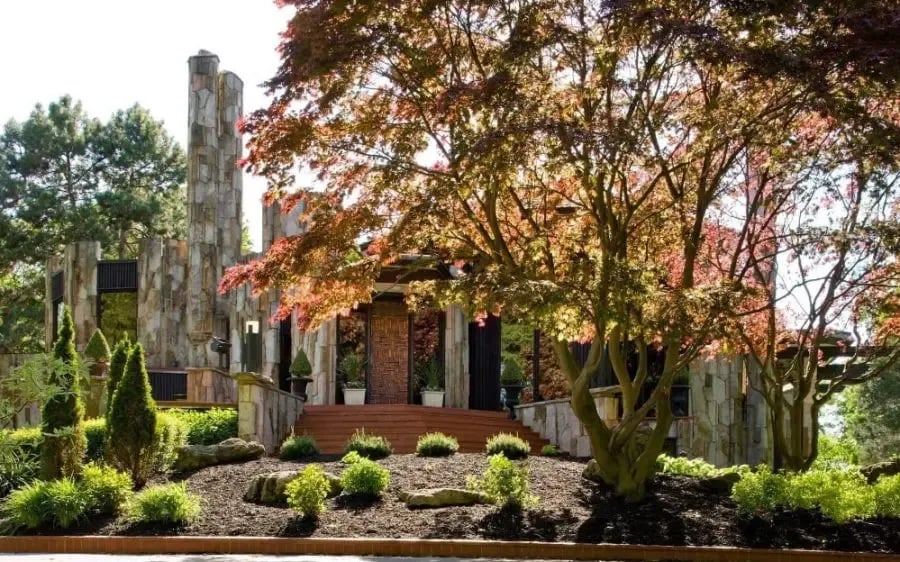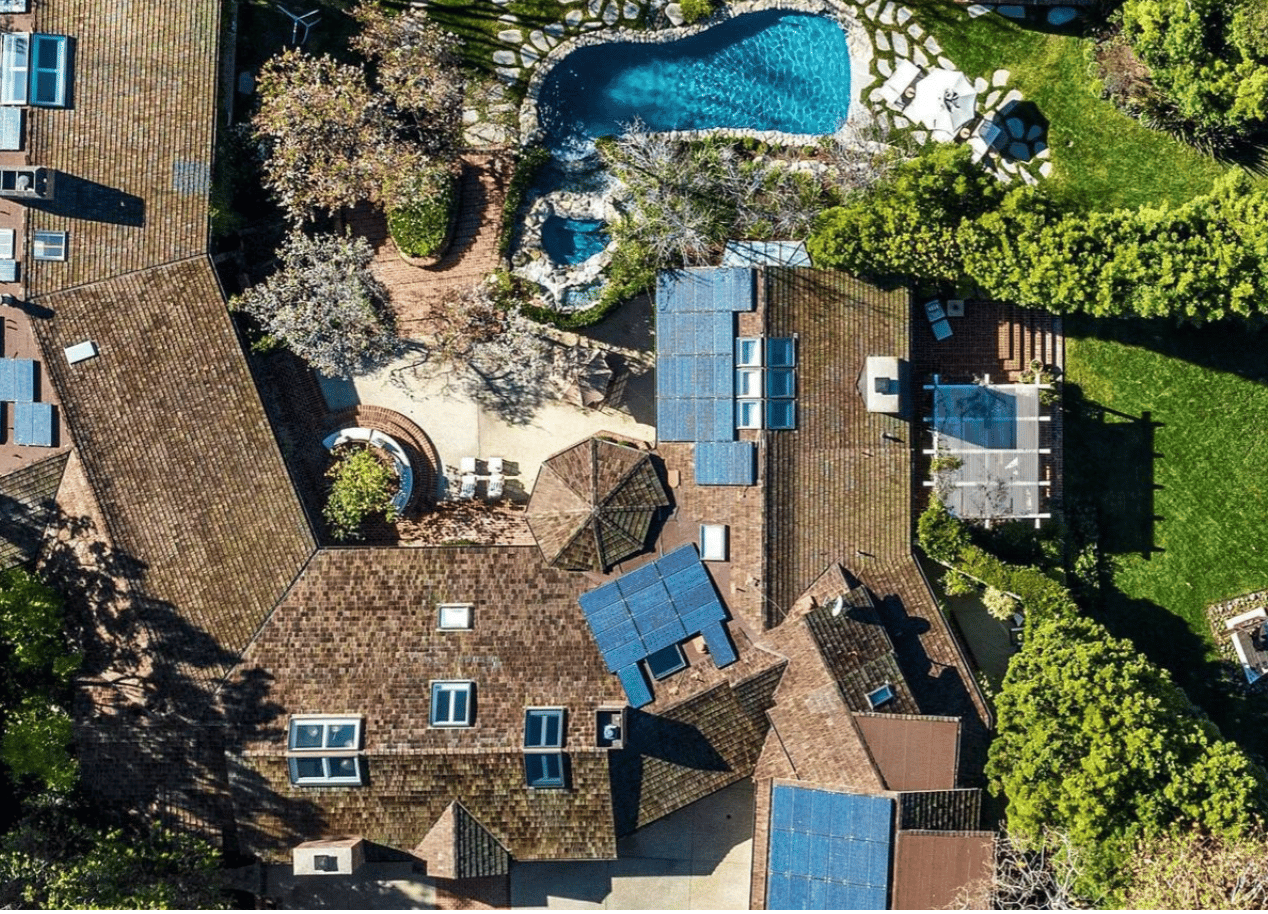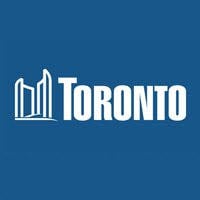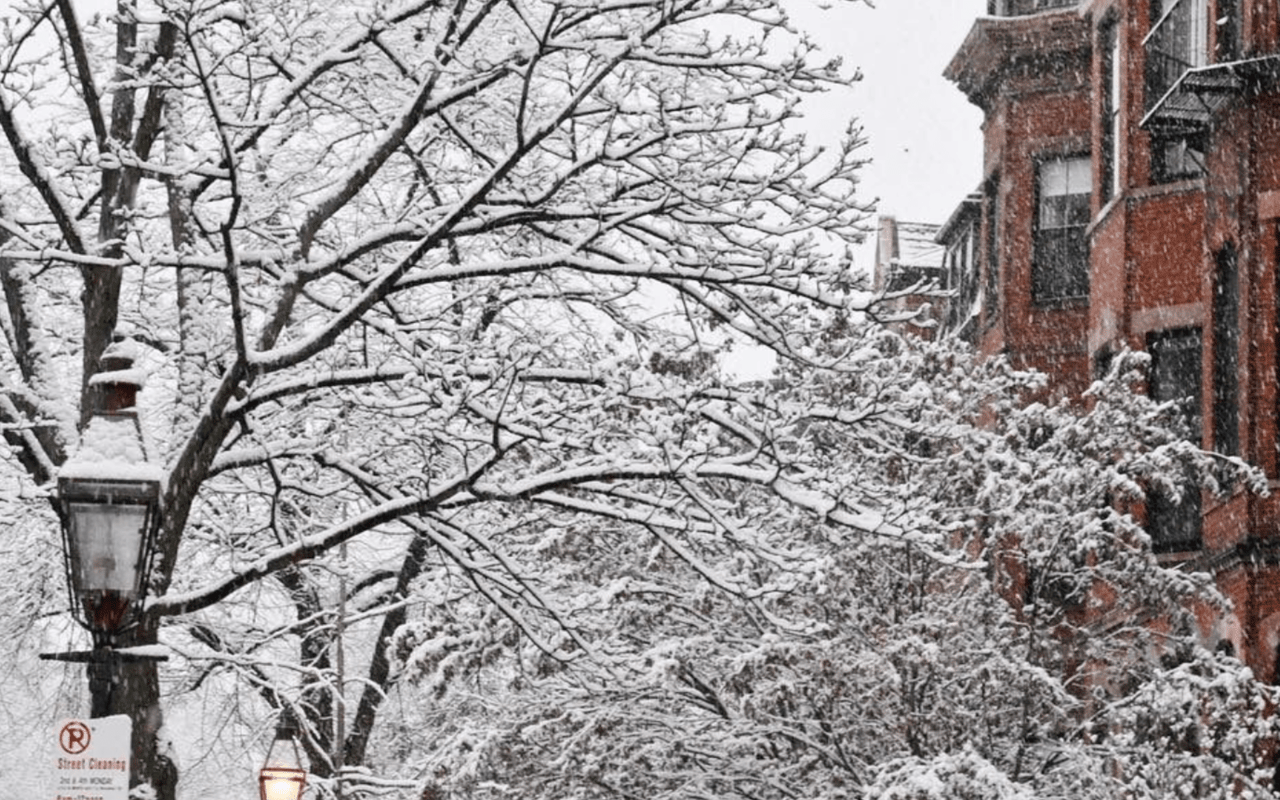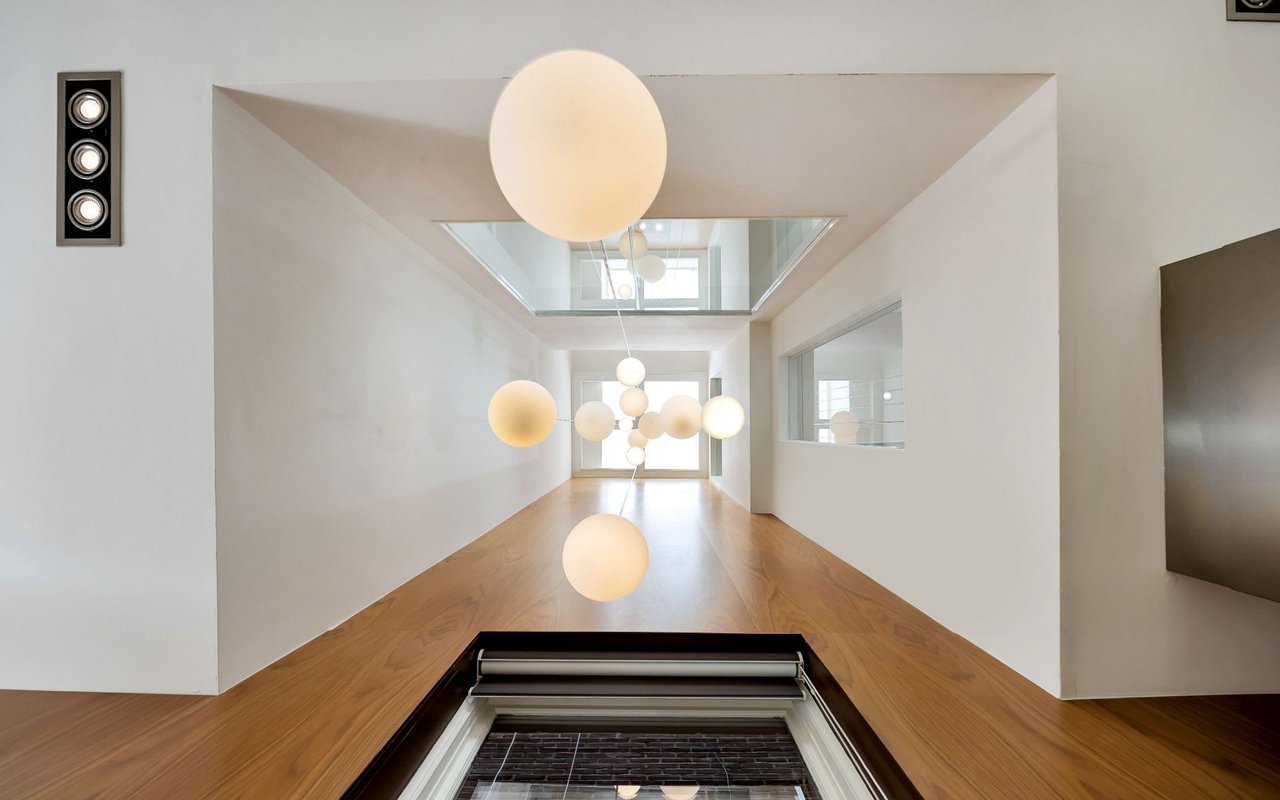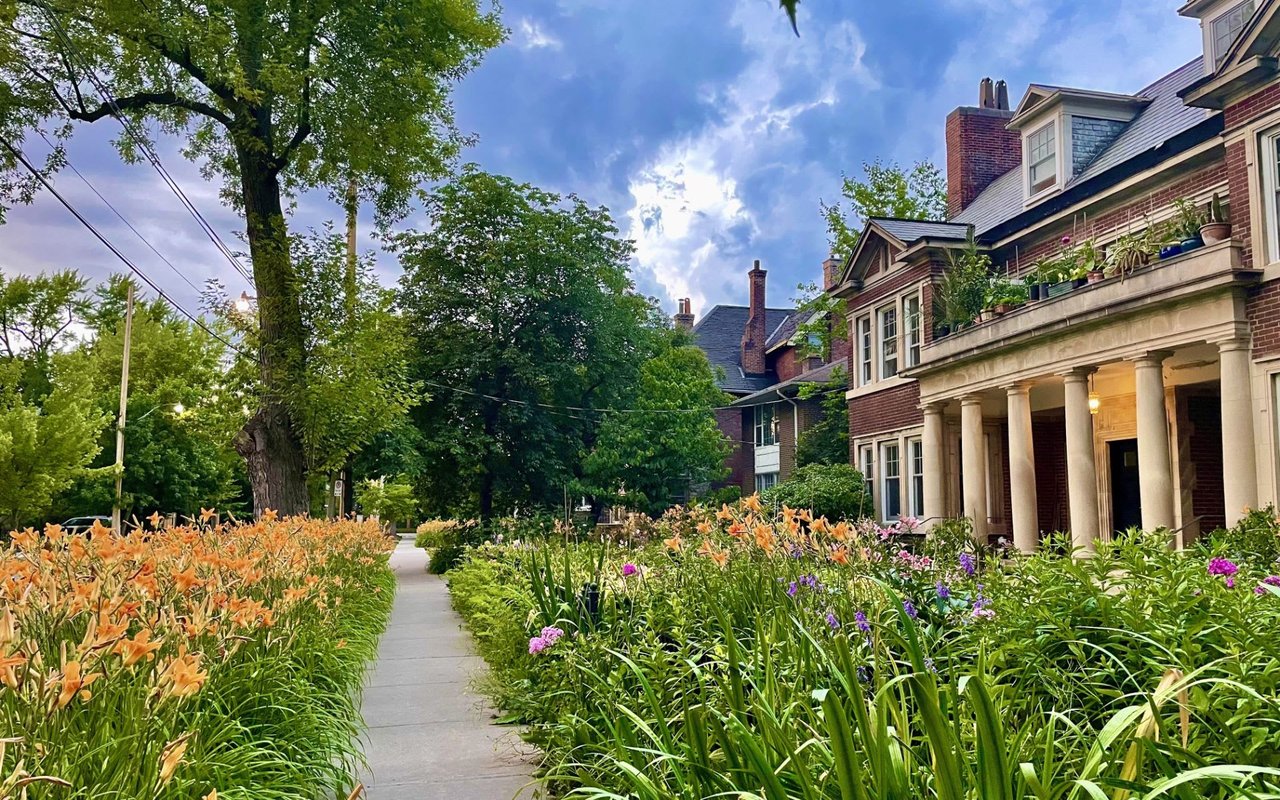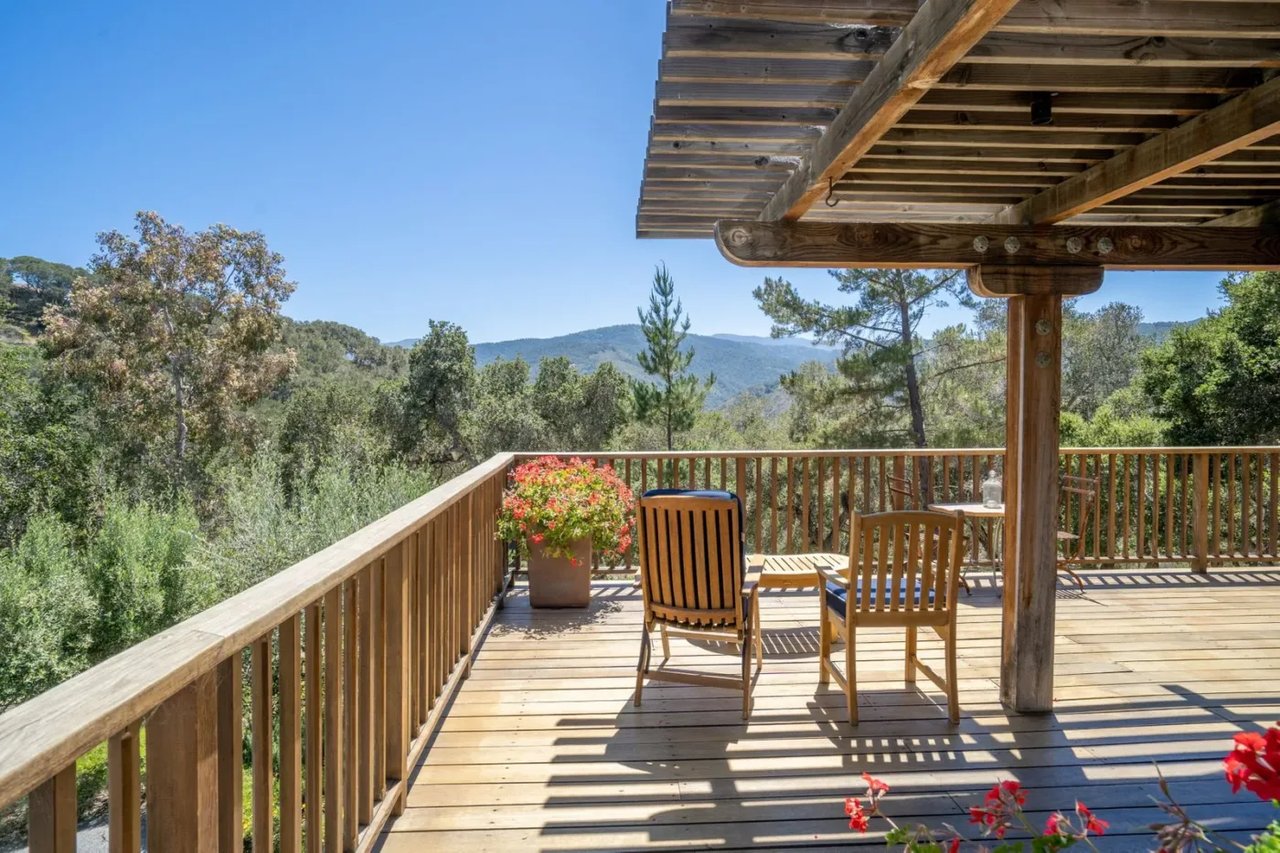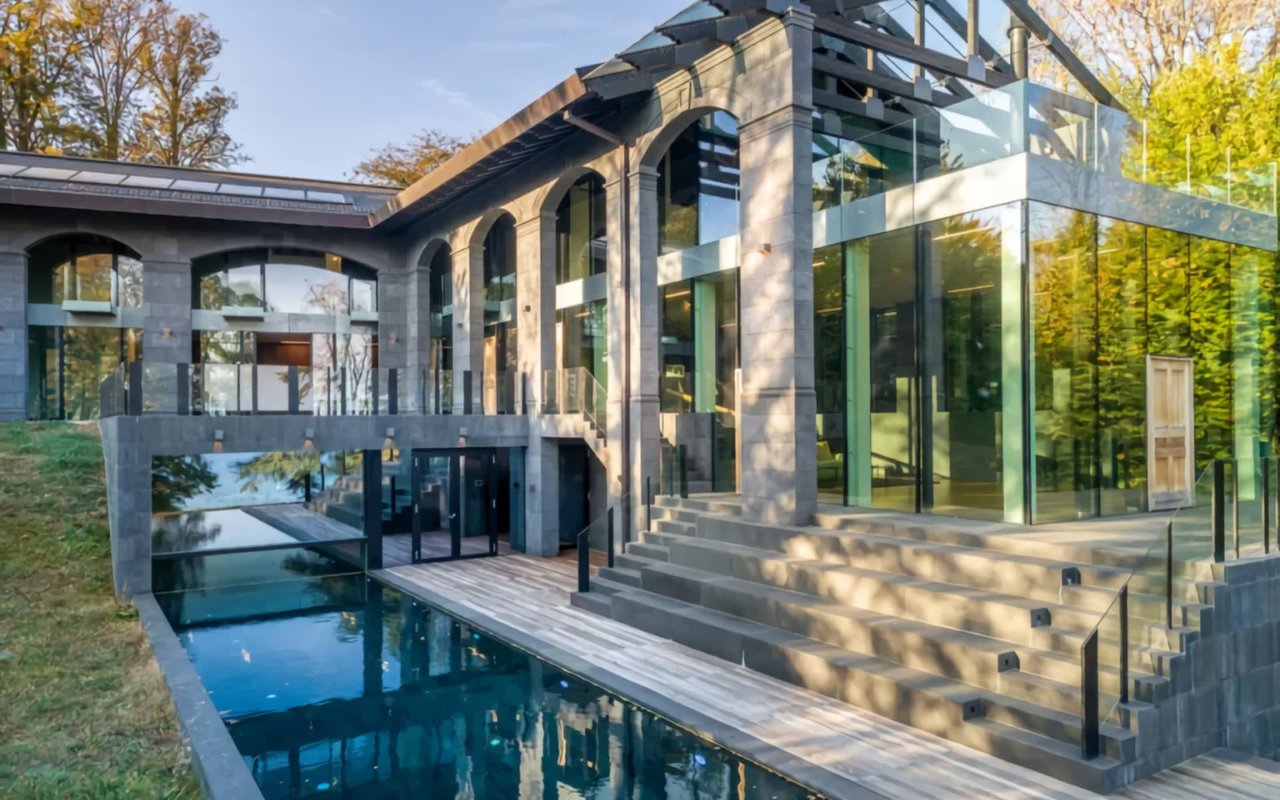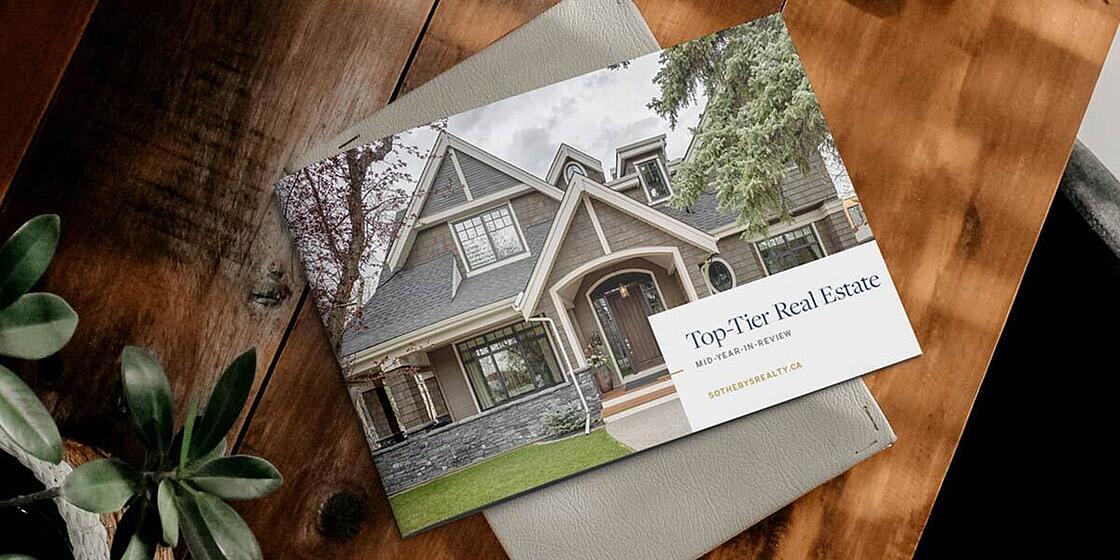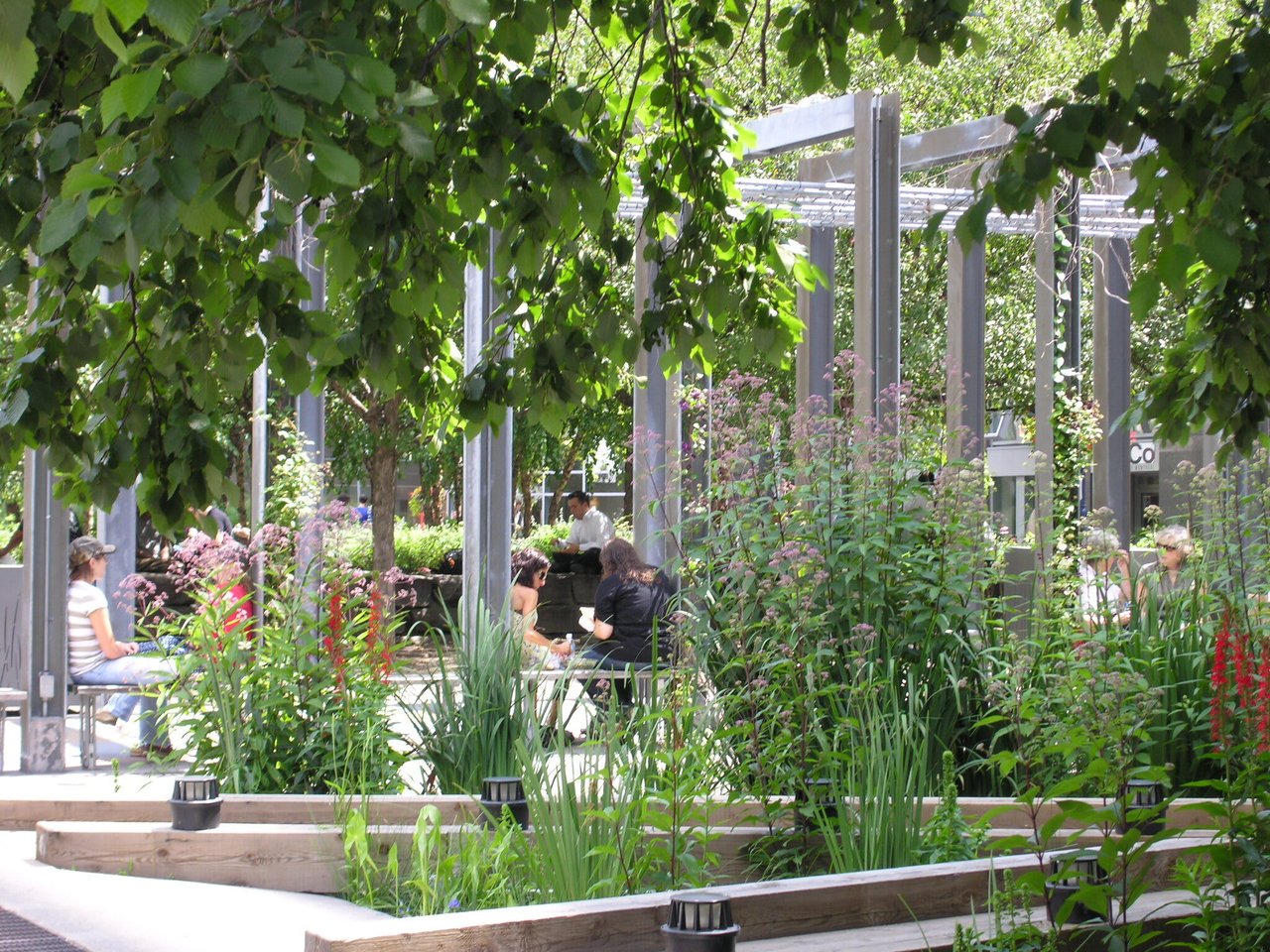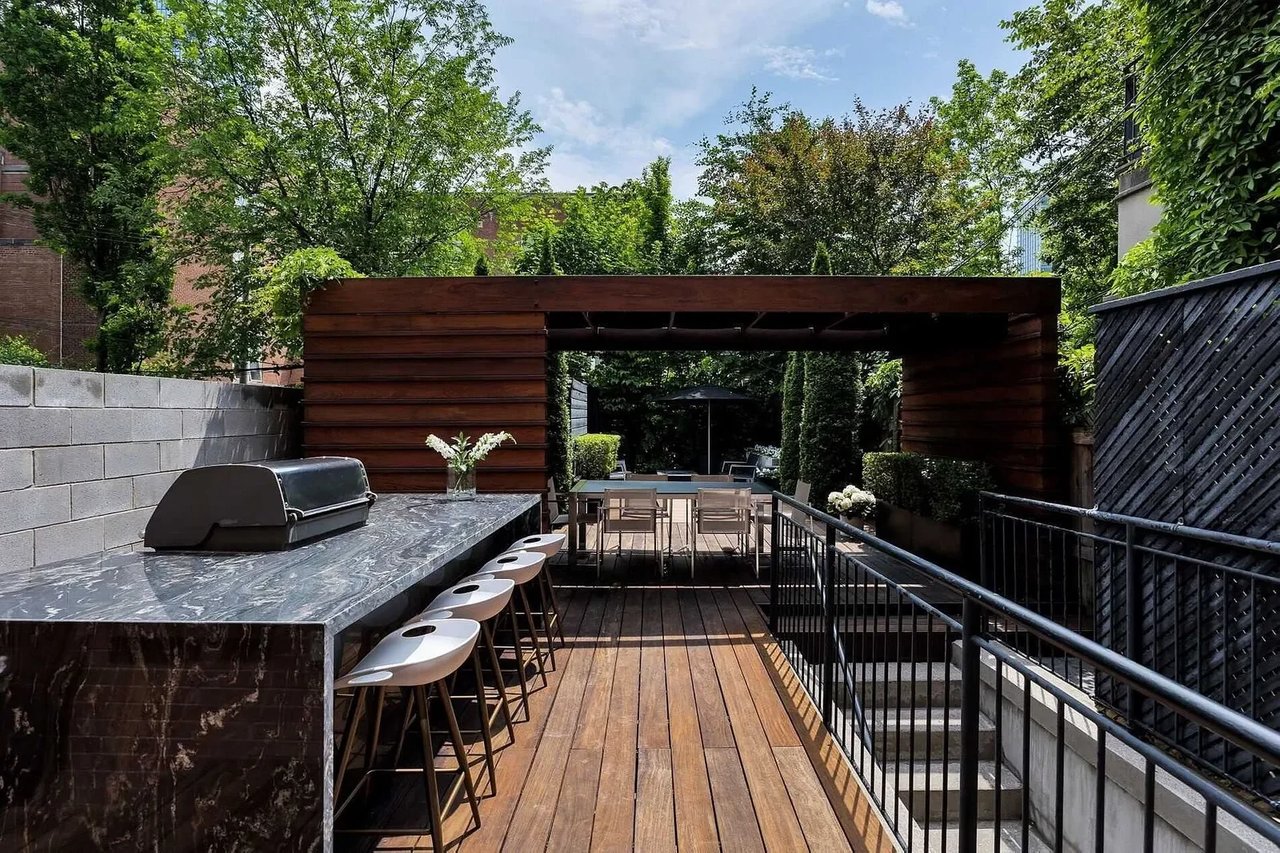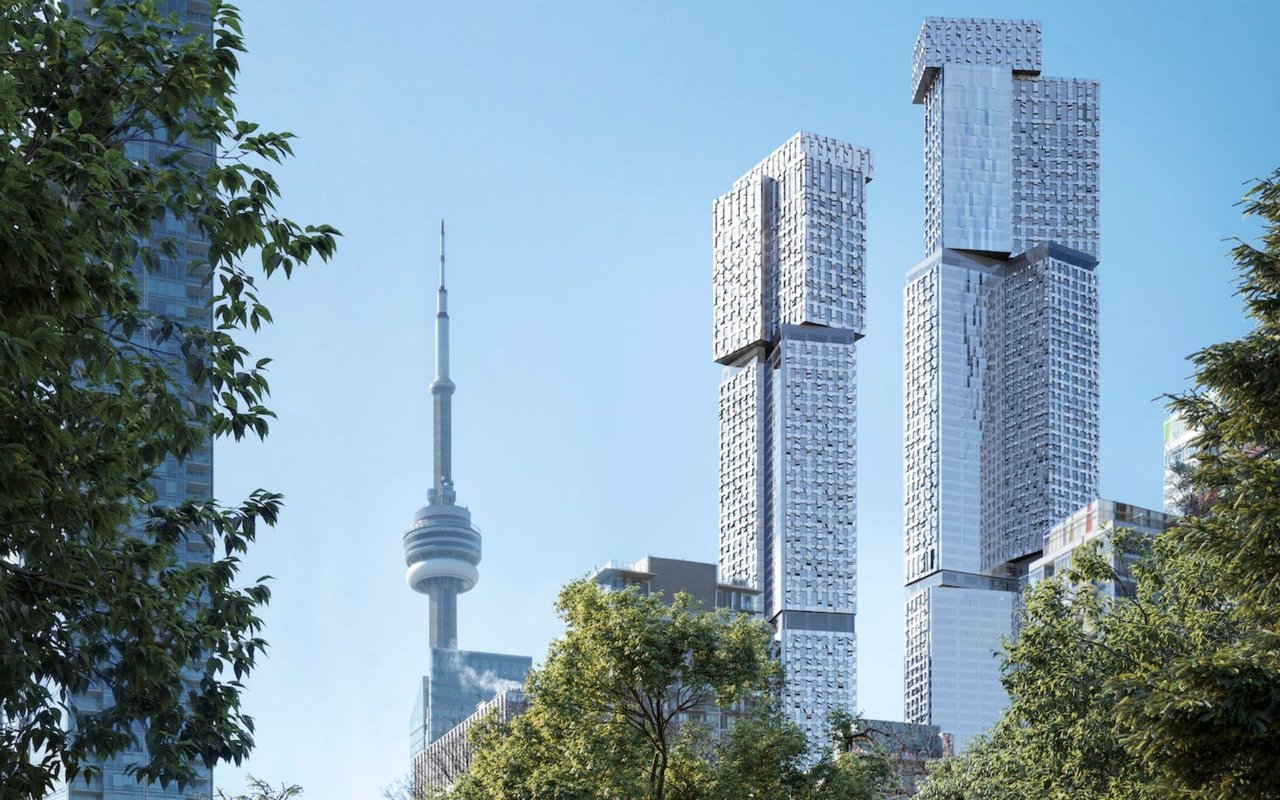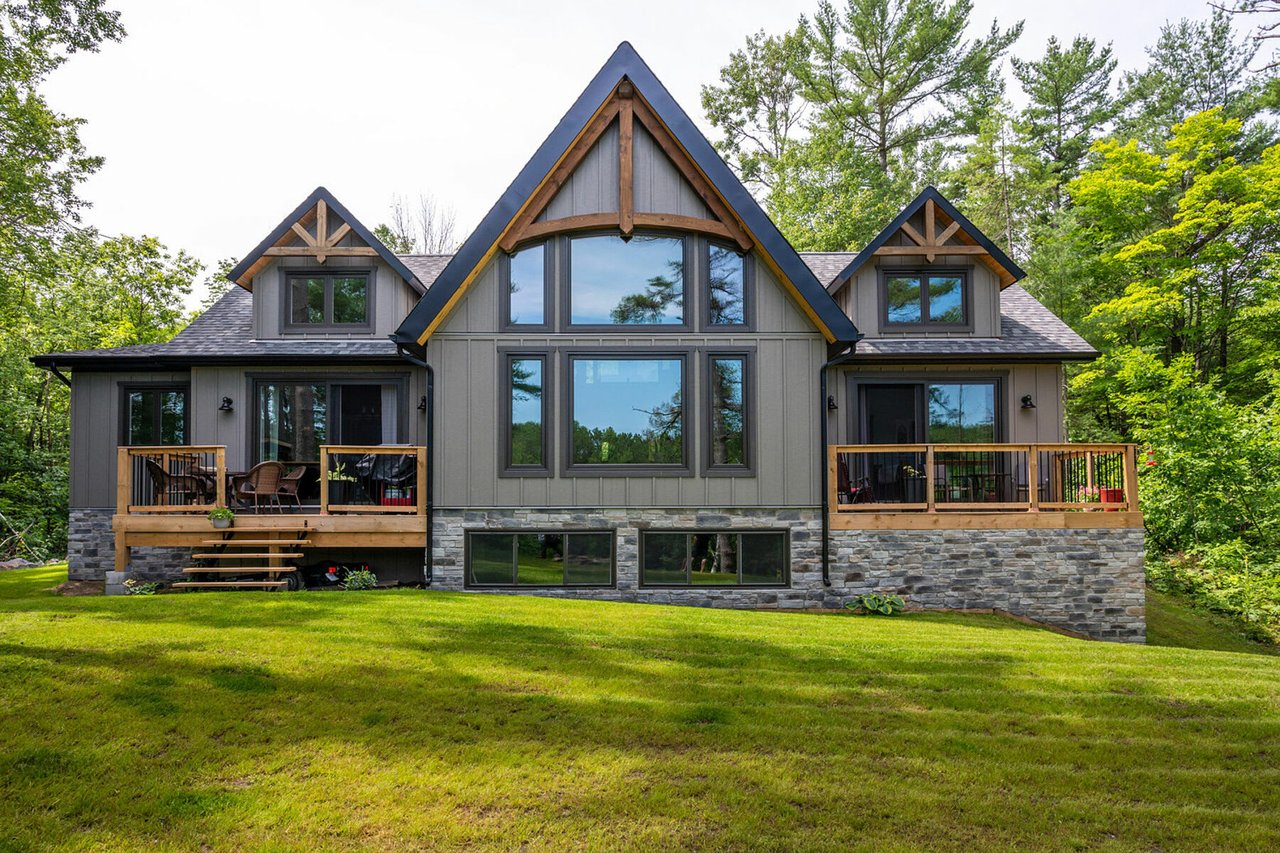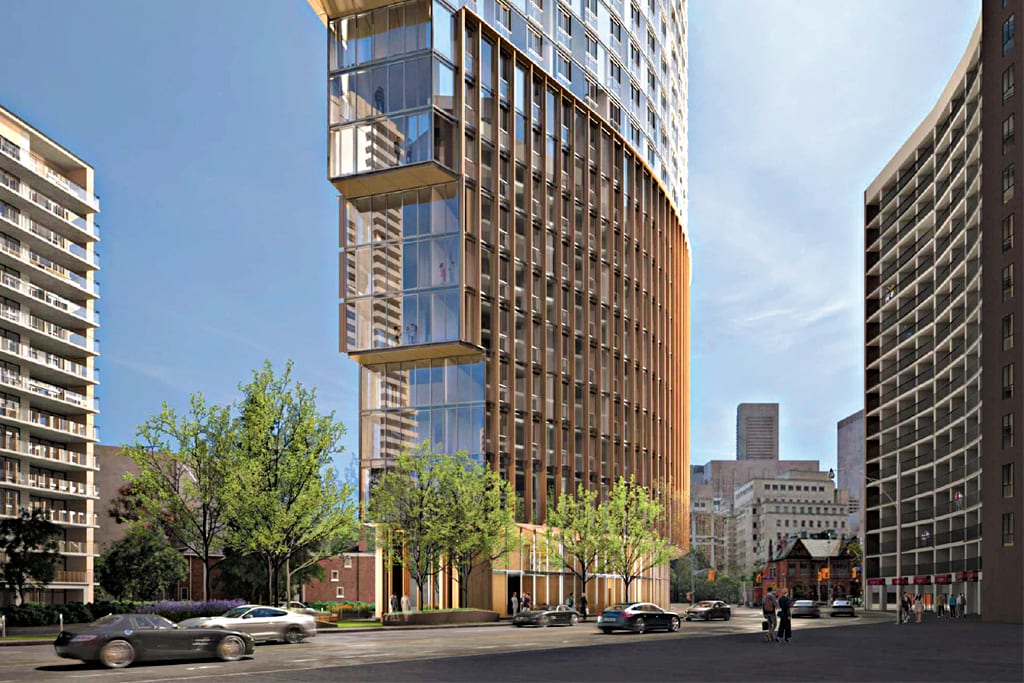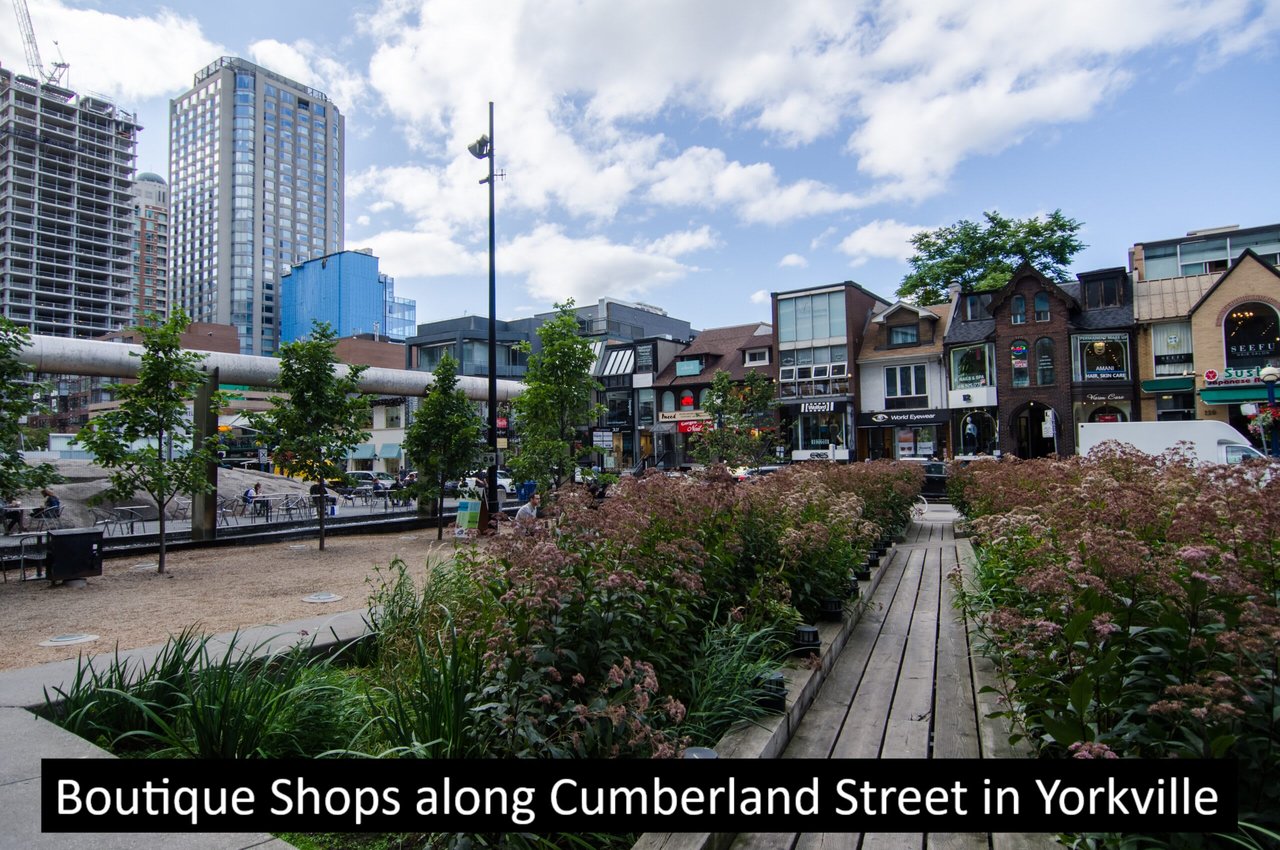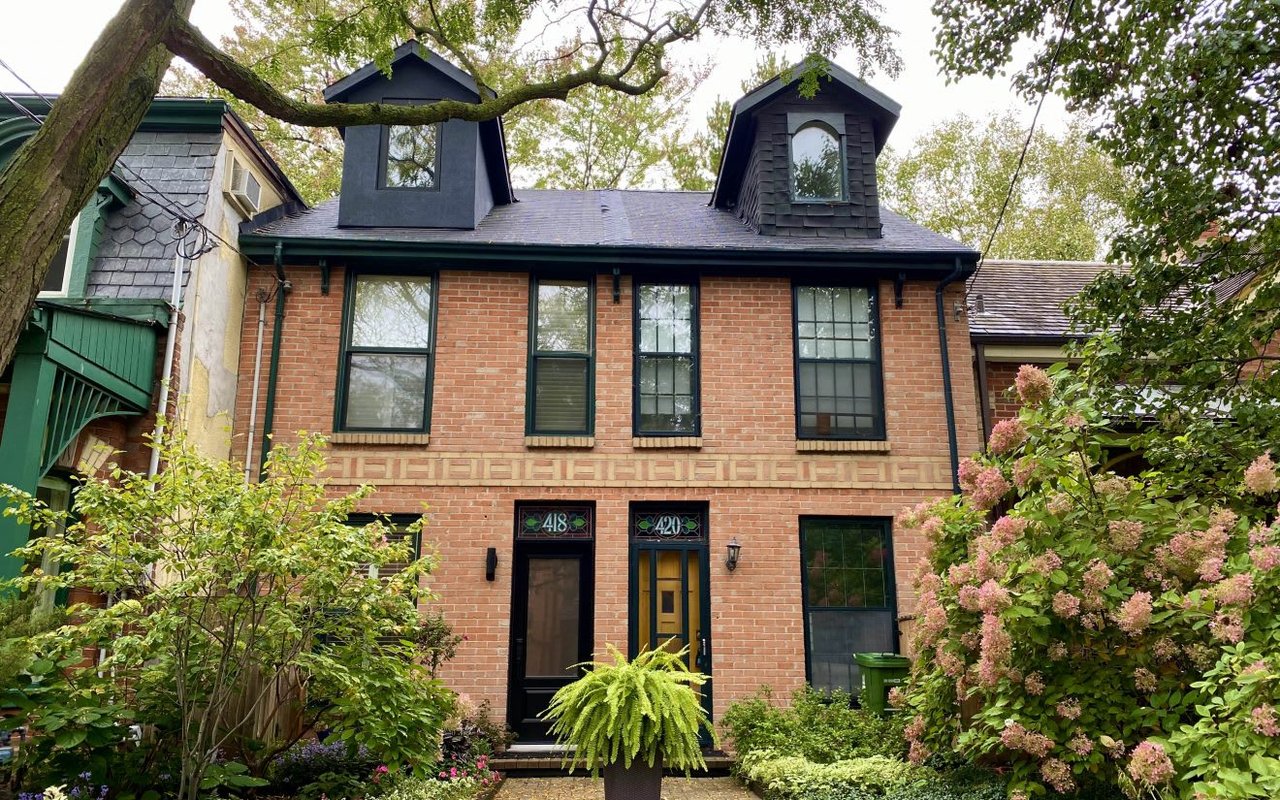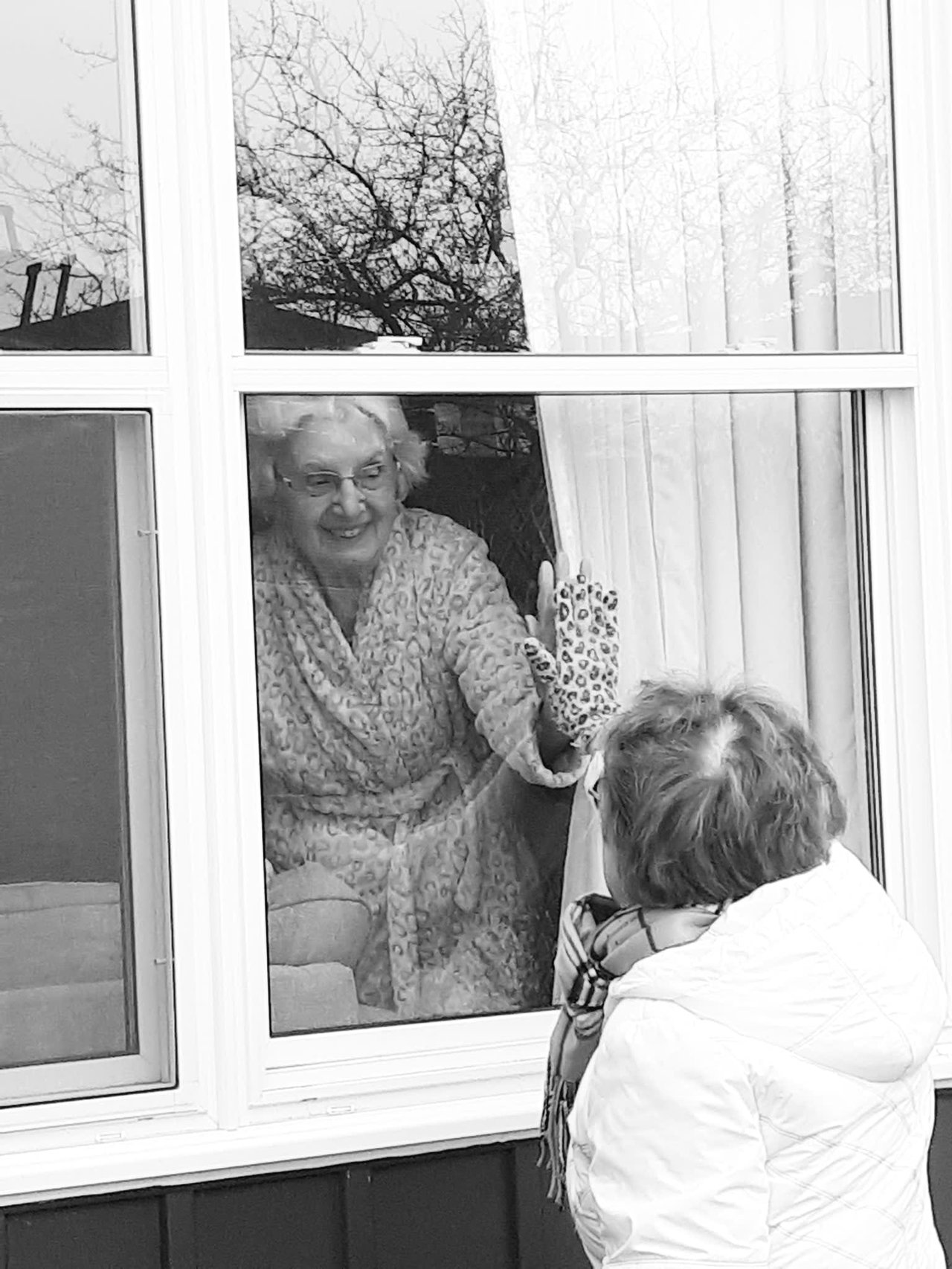The decision follows closely behind the Provincial Government’s reformative — albeit controversial — Bill 23, in a move that will drastically expedite the process of gentle intensification in the areas of the city zoned until now to accommodate only single-family homes.
Toronto City Council has taken a significant step towards the future of housing in this city, voting in support of Official Plan and Zoning Bylaw amendments that will permit the creation of multiplexes across the city.
Colloquially known as the ‘yellowbelt’, the vast majority of land in Toronto falls within the restrictive zoning designation of Neighbourhood Areas, which appear in yellow on the City’s zoning map. Among the suite of limitations that all buildings within these areas are subject to, the most impactful, arguably, has been the permission of only a single dwelling per lot.
More recently, a number of exceptions have been granted, like laneway houses and garden suites, but any efforts to deliver a meaningful boost in density within the yellowbelt have been forced to go through the prolonged bureaucratic process of gaining rezoning approval. With the recent decision from City Council, this arduous requirement will be lifted for the first time, creating a dramatically more direct route for property owners to intensify their land within the yellowbelt by only requiring plans to be approved for building permits.
Taking a closer look at the rationale behind this landmark decision, the associated Official Plan Amendment offers the context to support the implementation of the new policy. The following passage is taken directly from the Official Plan Amendment document.
“Low-rise residential buildings that contain more than one unit make more efficient use of land, and provide more ground-related housing choices for all residents at all stages of their lives, supporting the vitality of the city's Neighbourhoods. Multiplexes – residential buildings containing up to four units – can deliver additional dwellings while integrating with the general physical scale and development patterns of the neighbourhood. To accommodate the modest intensification needed to house more people, regulations for multiplexes may differ from single-unit buildings to ensure efficient and livable homes for Toronto's residents.”
Support for the decision was hardly unanimous, however, with a number of councillors representing Toronto’s peripheral wards expressing concern for the impacts of increased density on the character of local communities. These concerns culminated in a motion from Councillor Stephen Holyday to refer the decision to a later meeting, on the grounds that the proposed amendment should be refined to limit the allowance of multiplexes to main streets; the motion was ultimately unsuccessful though, losing the vote 18 to 7.
Along with the permission for up to four dwelling units per property, a number of other changes were passed that include studies to 1) monitor how the new rules affect tree canopy and other greenery, 2) the feasibility of incentivizing affordable units within multiplexes, 3) monitoring the affect of the new housing on schools managed by the Toronto District School Board and Toronto Catholic District School Board.
With the passage of the Official Plan and Zoning Bylaw amendments, Toronto’s restrictive zoning is slated to see the largest reform in recent history. While only time will reveal the impact of this significant opening up of the yellowbelt, the move creates countless opportunities to deliver additional housing for a City suffering from an acute shortage that until now has been restricted to mostly mid- and high-rise new developments along the Avenues and in high-density nodes.
While Toronto's population has never stopped growing on an overall basis, its yellowbelt areas have been seeing population declines over recent decades, leading to closed schools or closed classrooms, along with declines in transit ridership and bus service in single-family home neighbourhoods. The decision could stabilize these areas again, bringing in new families where the infrastructure to support them already exists and/or could be reactivated. Housing demand, meanwhile, is so high that the development of new mid- and high-rise residential buildings is unlikely to see much or any decline. Still, with more flexibility on density in Toronto’s vast expanse of 'yellowbelt' Neighbourhood Areas, the relaxed regulations could play a key role in reducing the urgent unmet demand for housing.
Originally Published May 11, 2023 - Urbantoronto.ca
